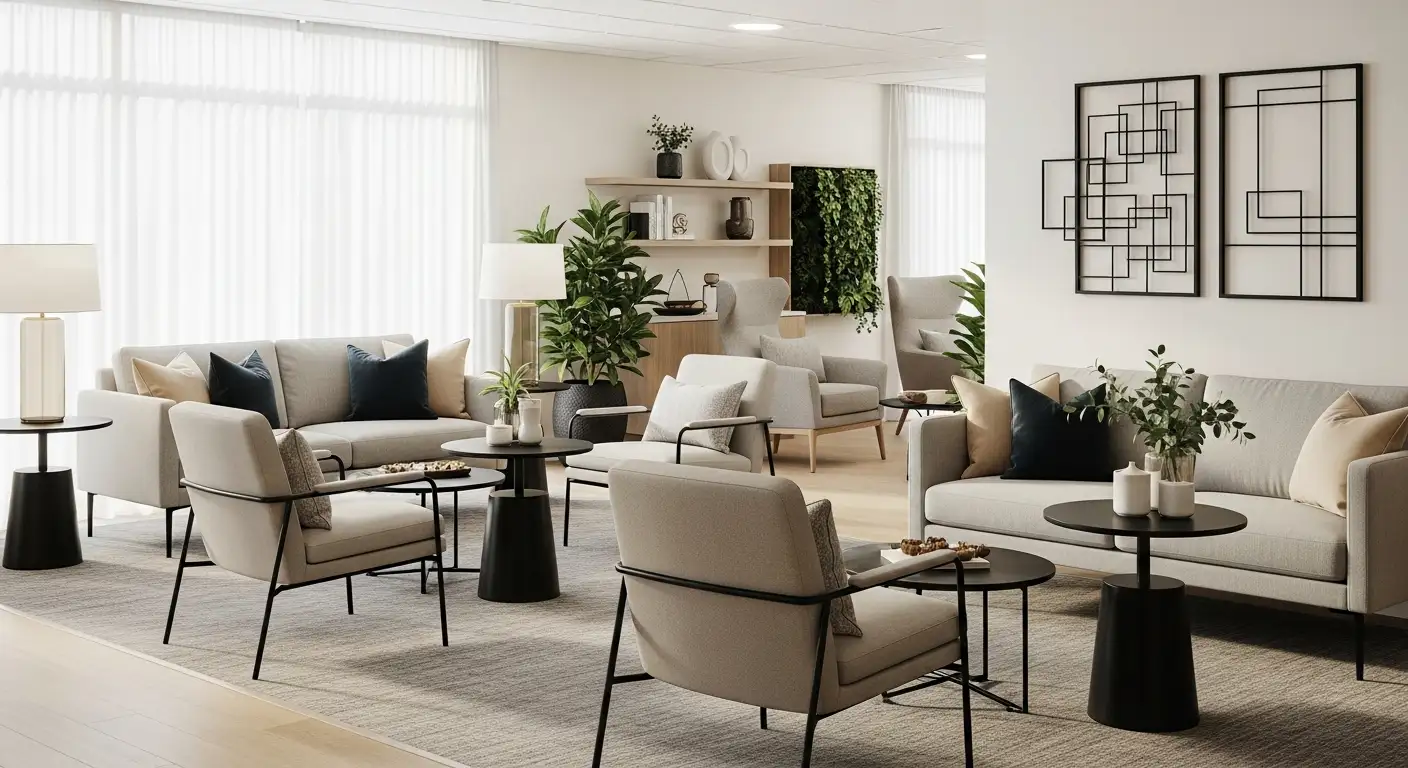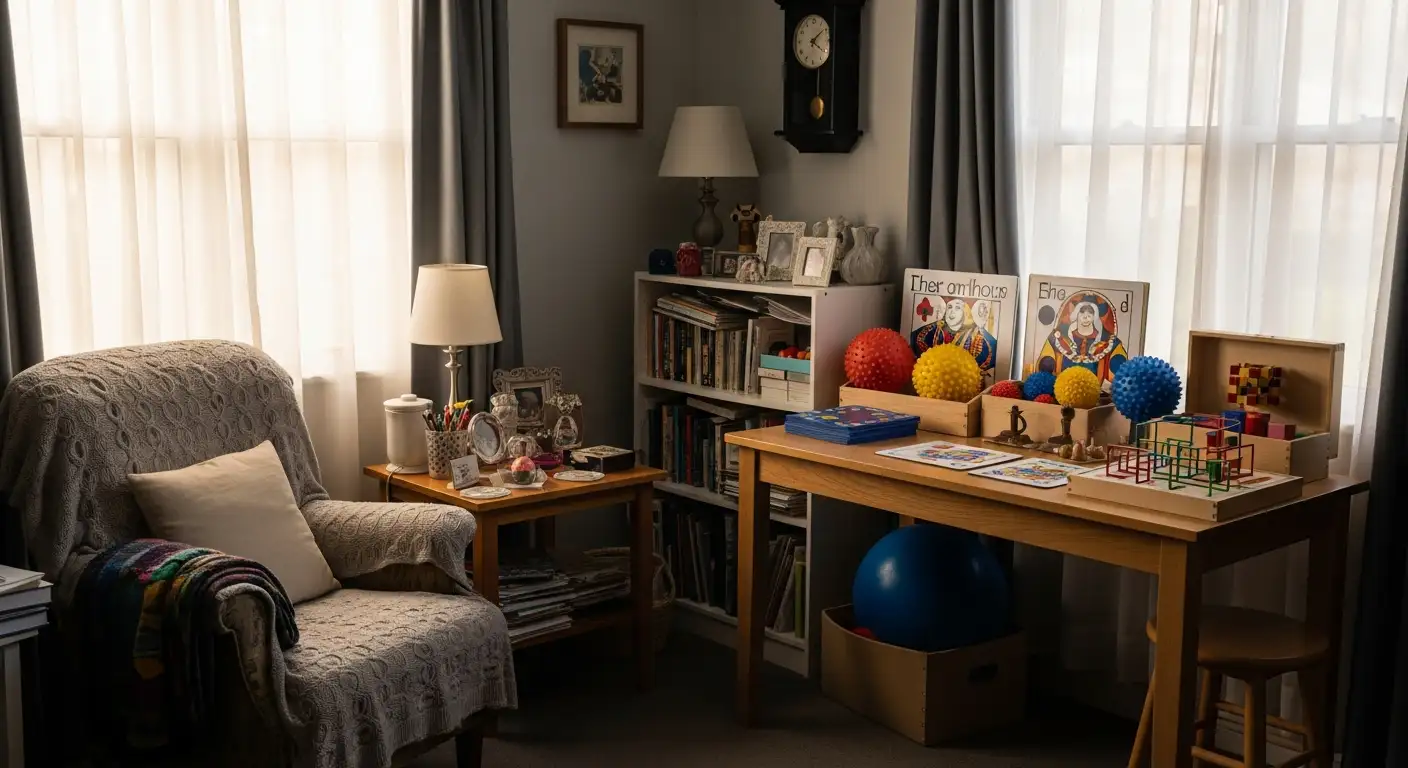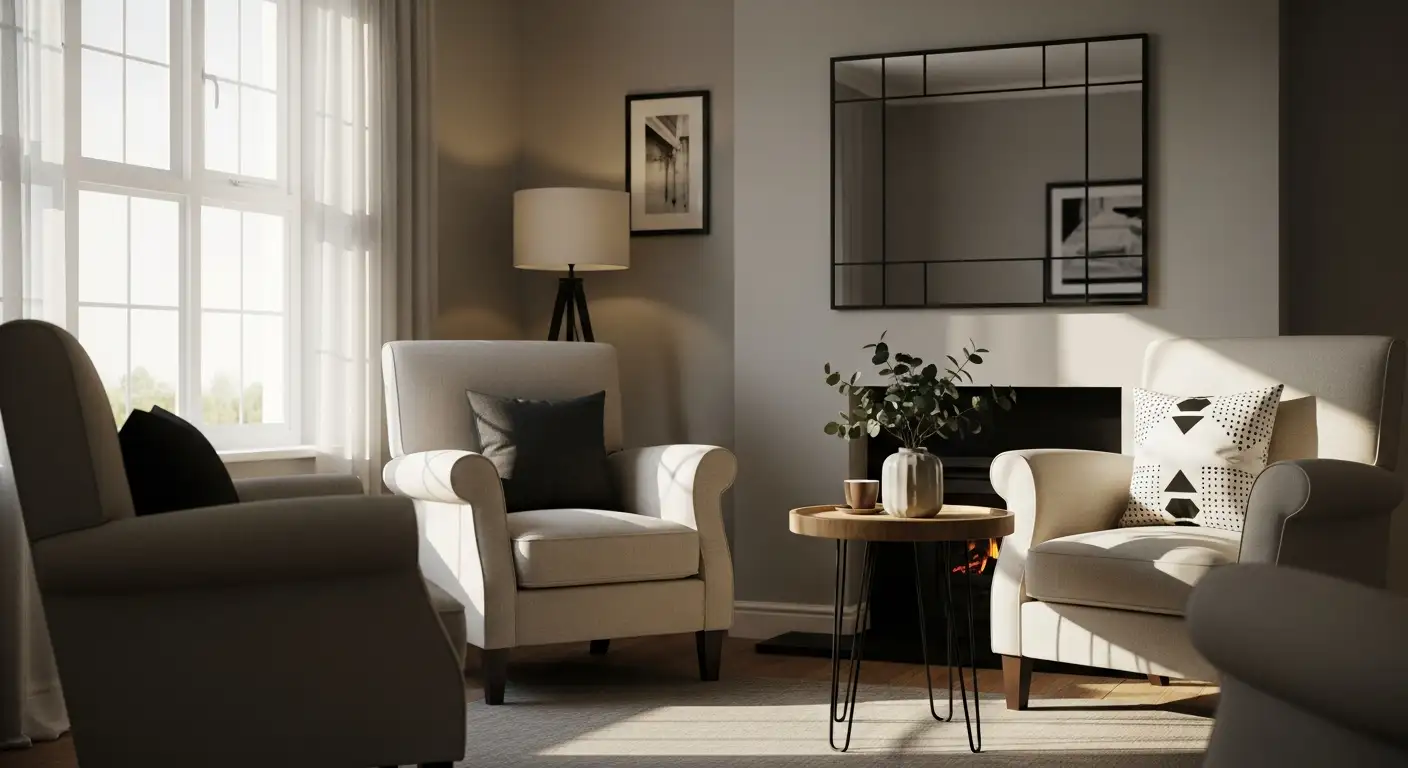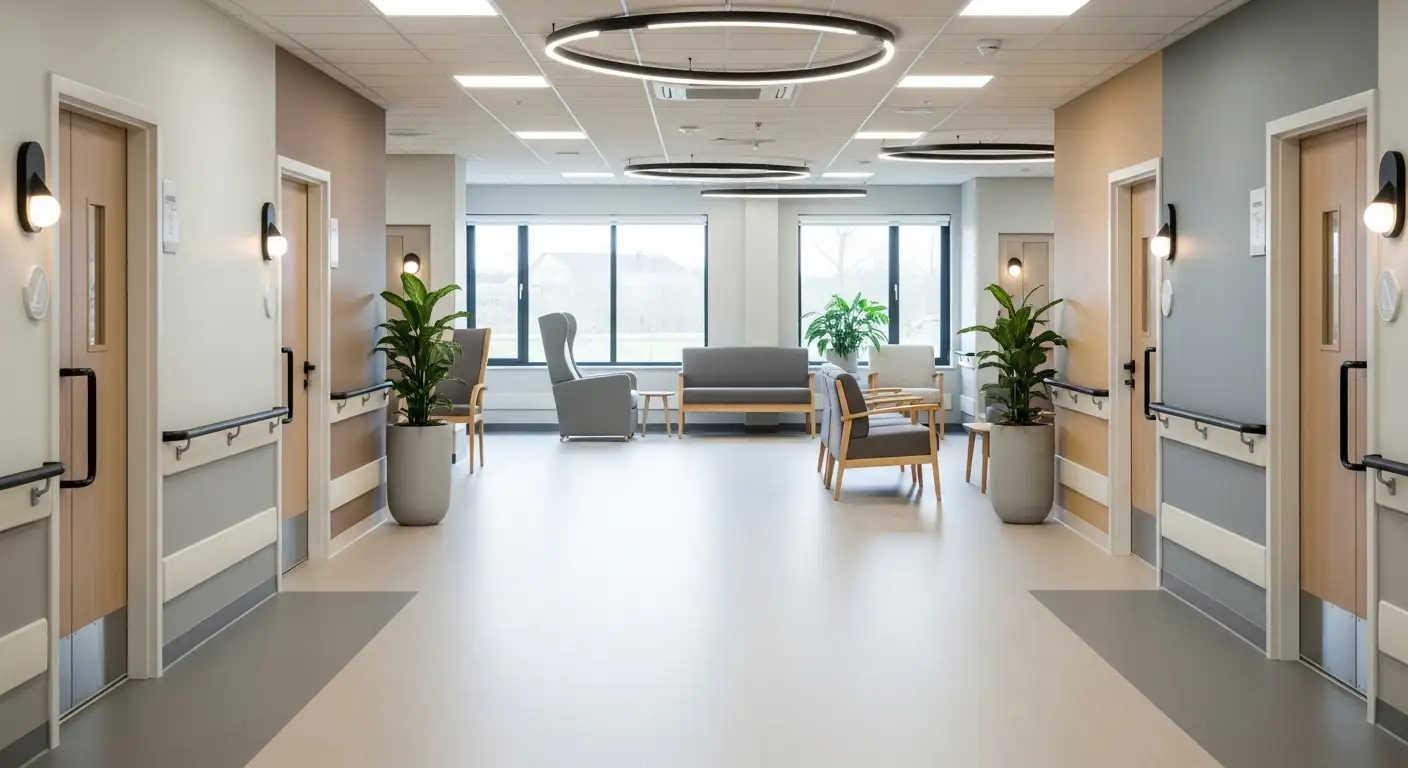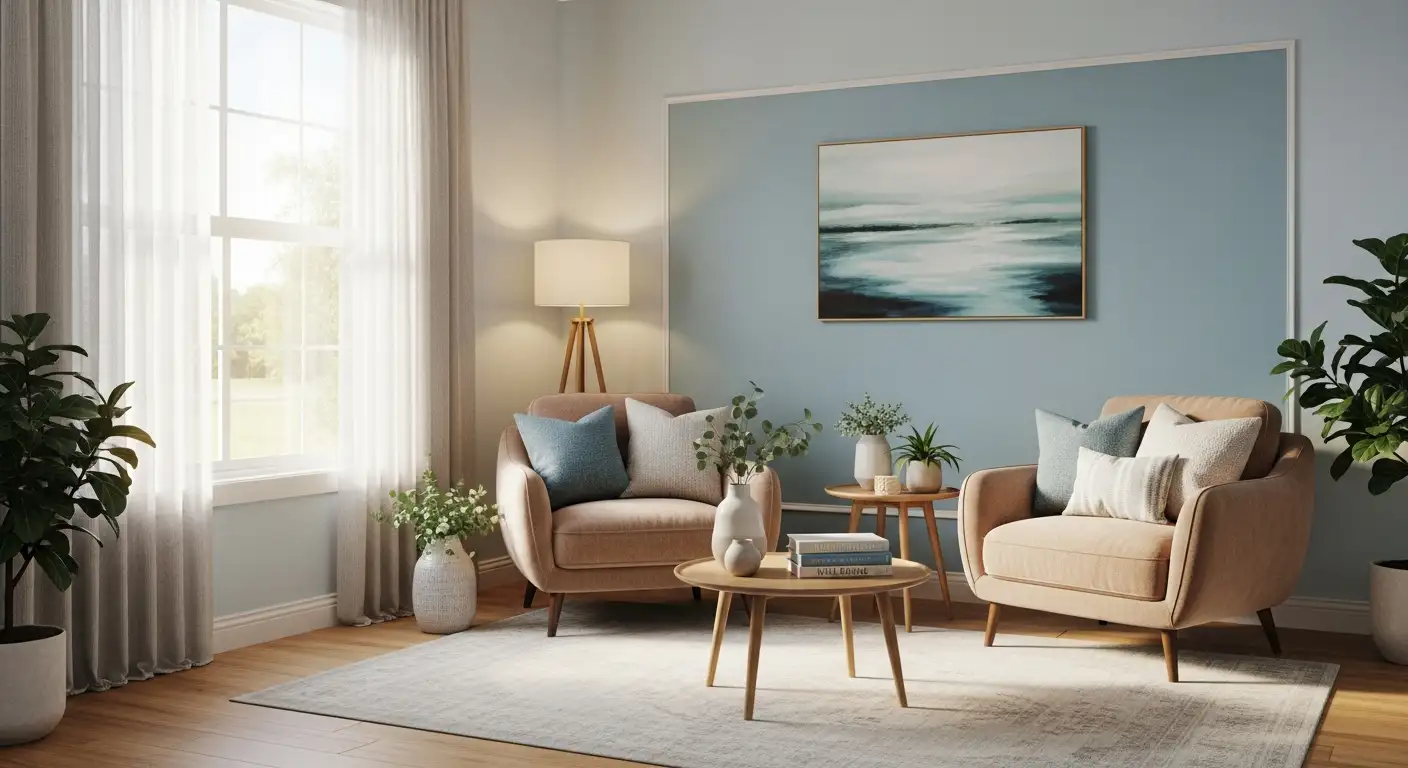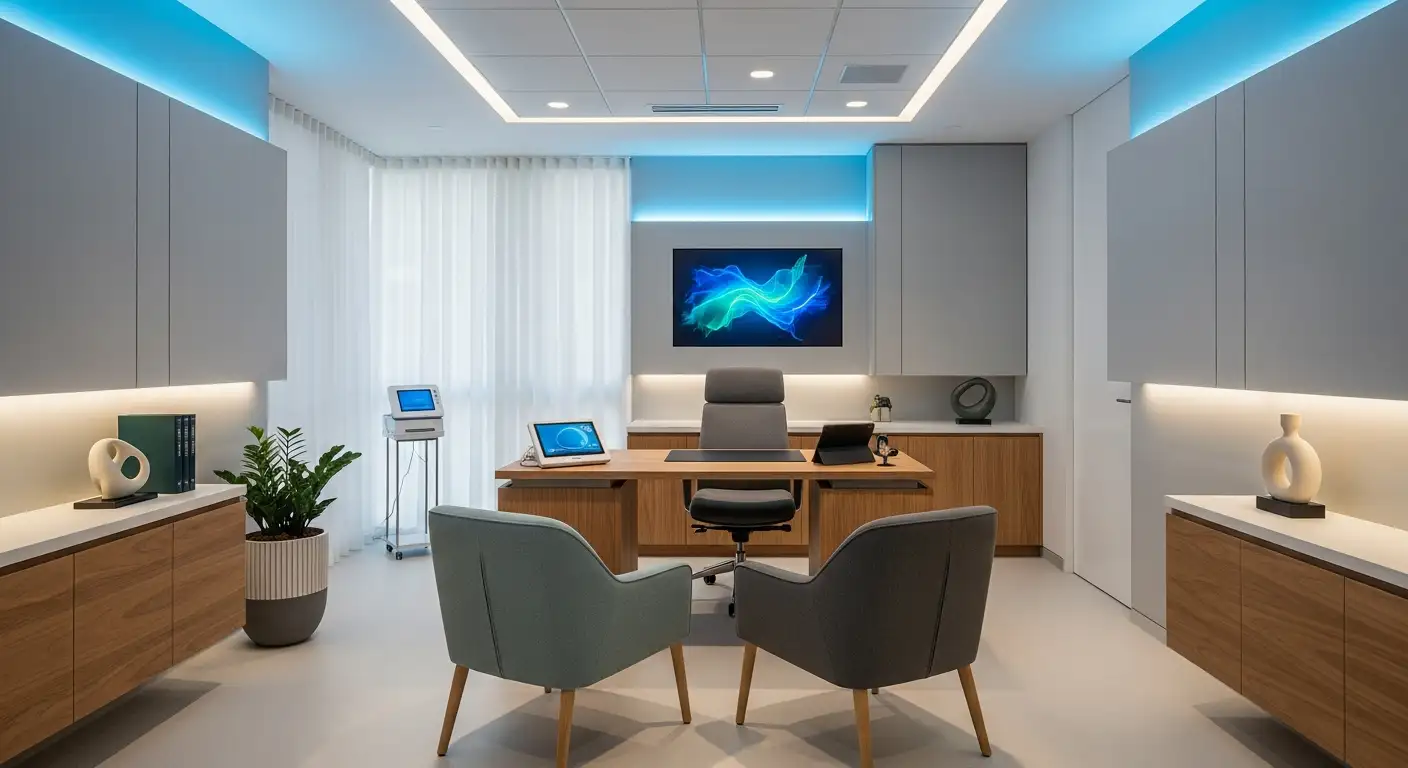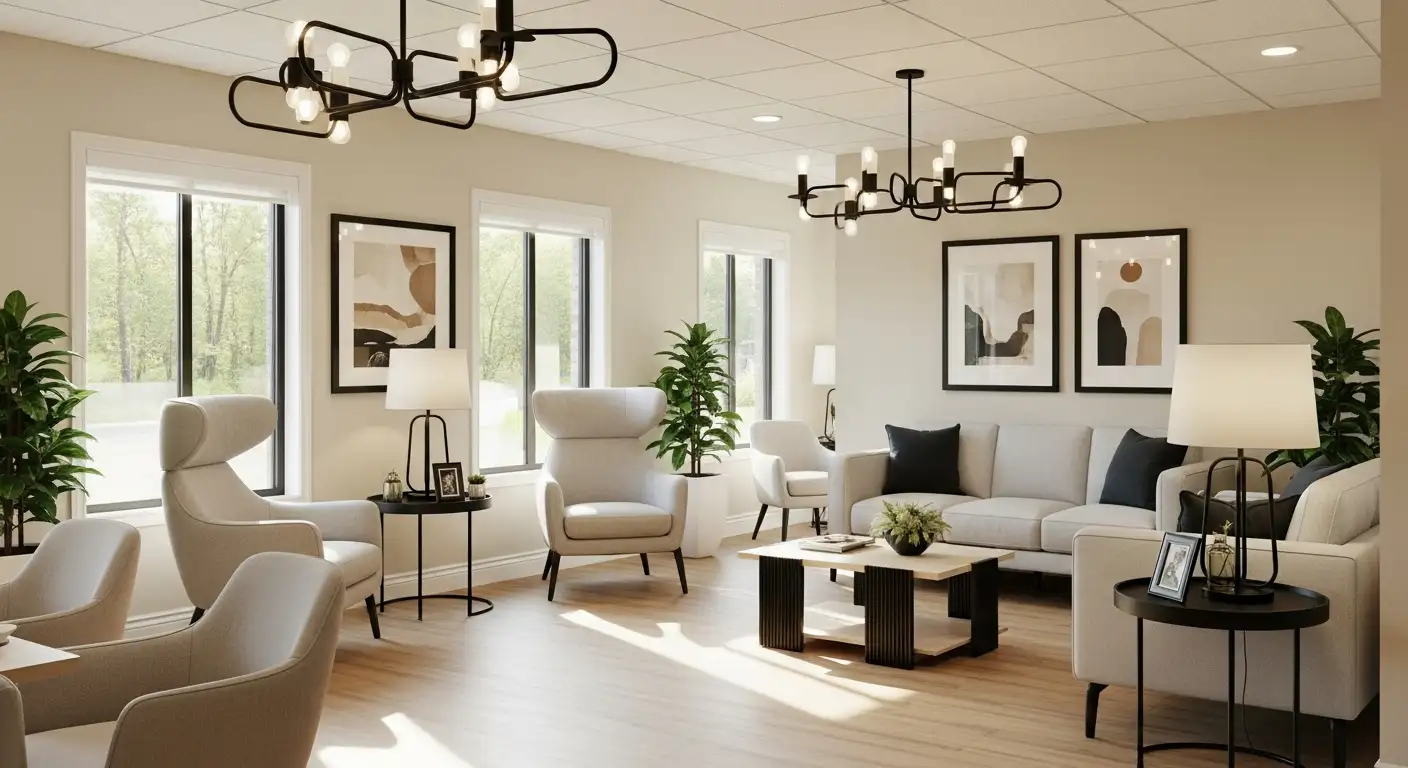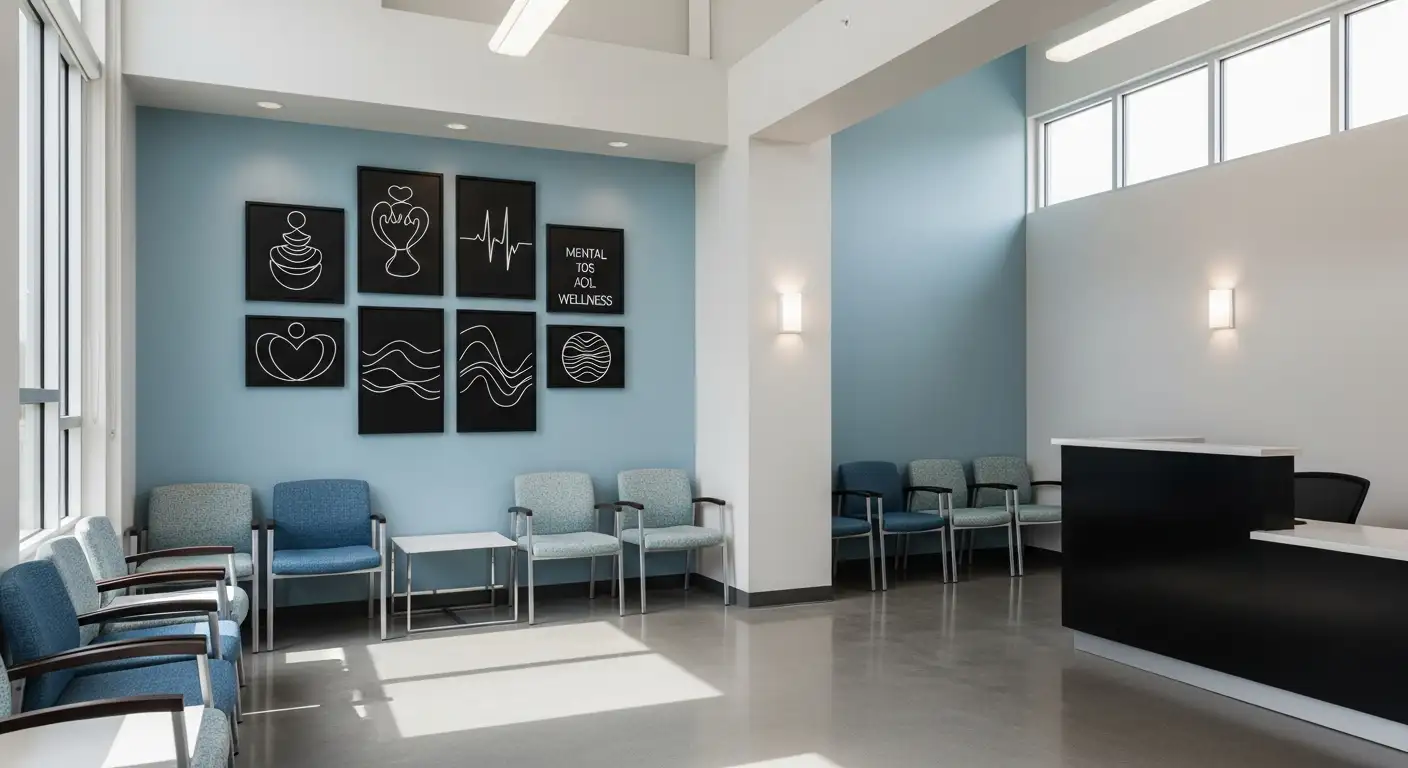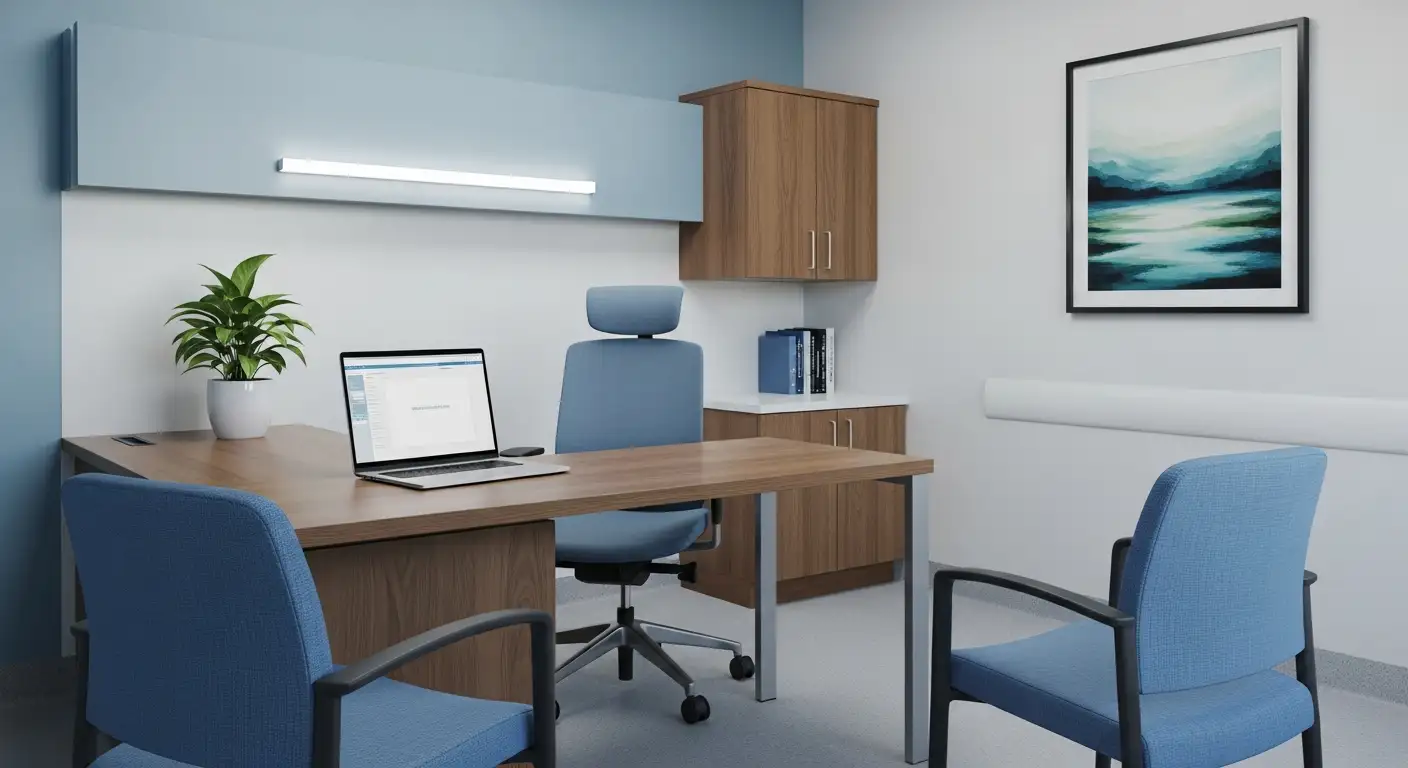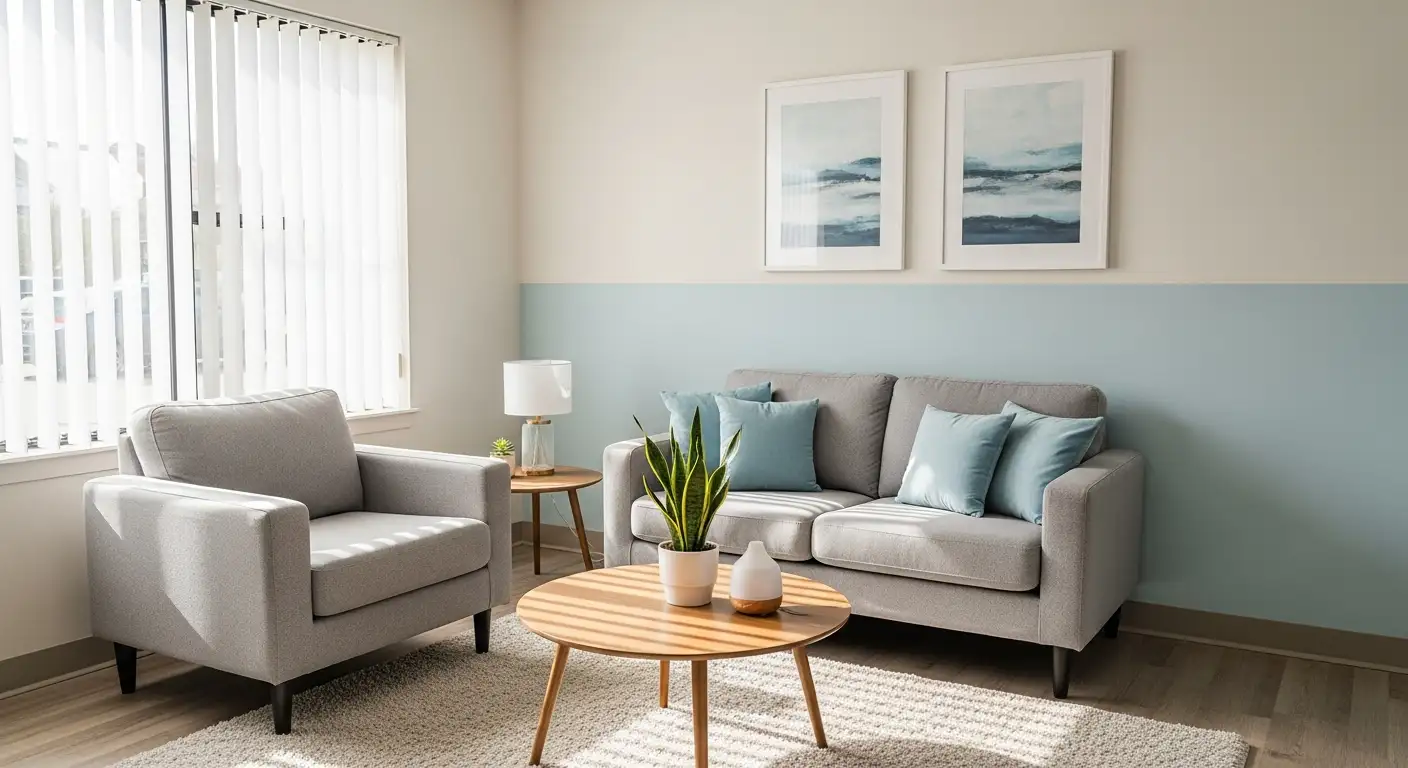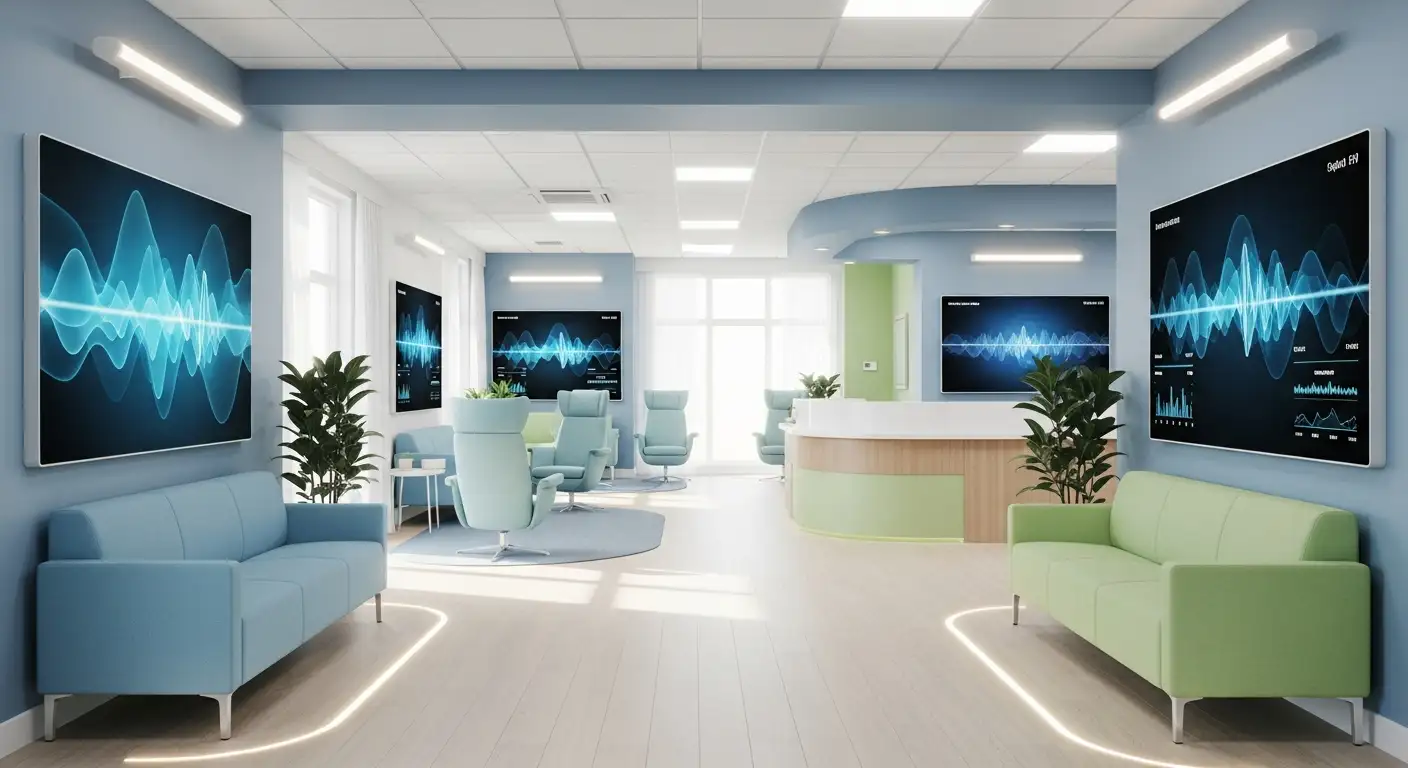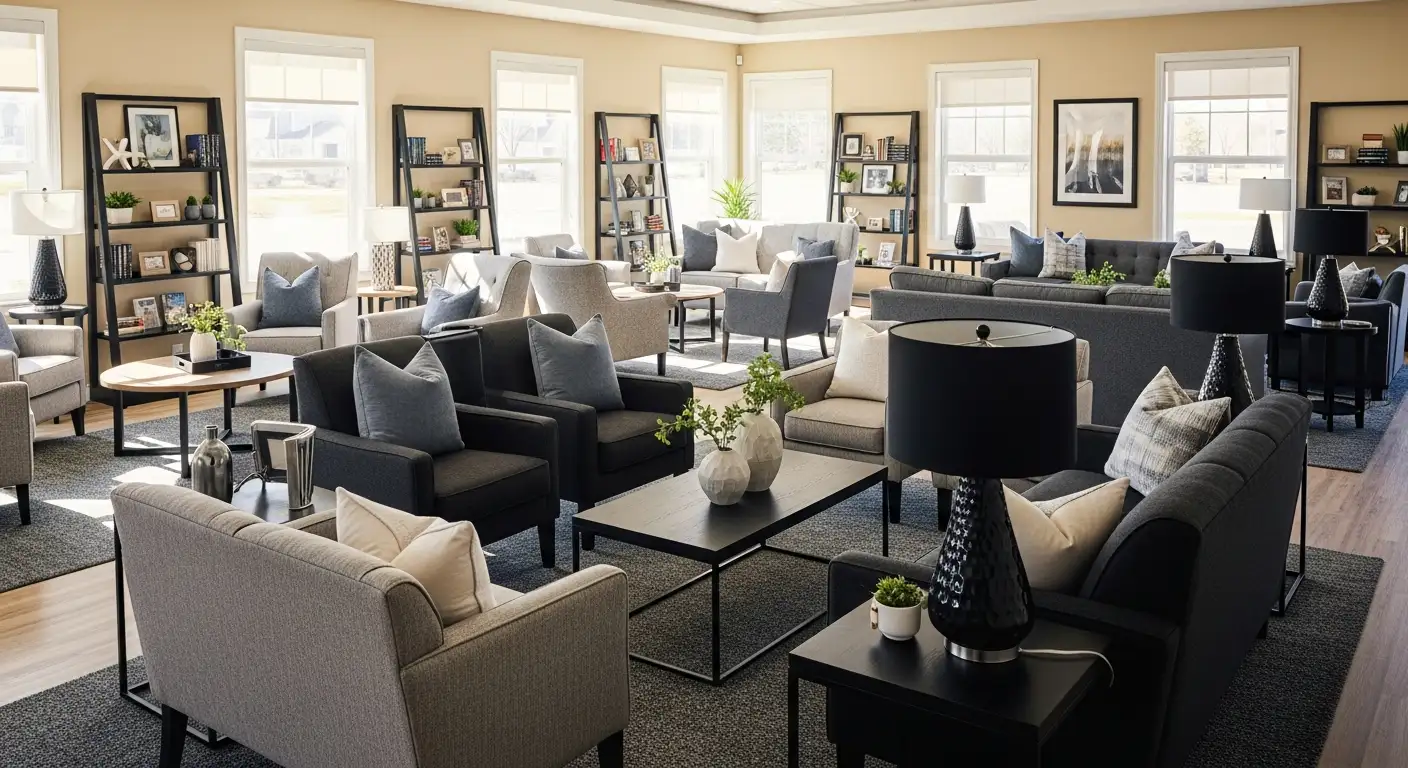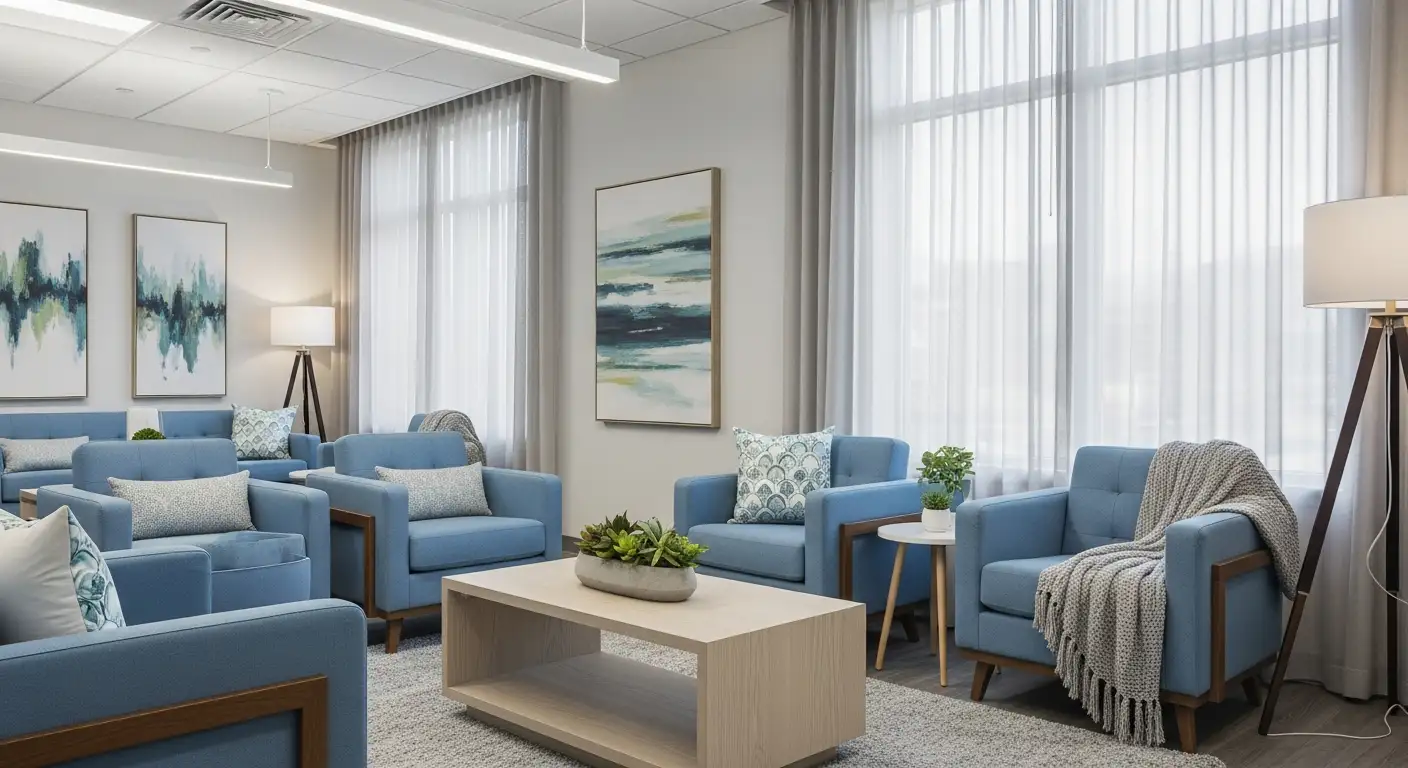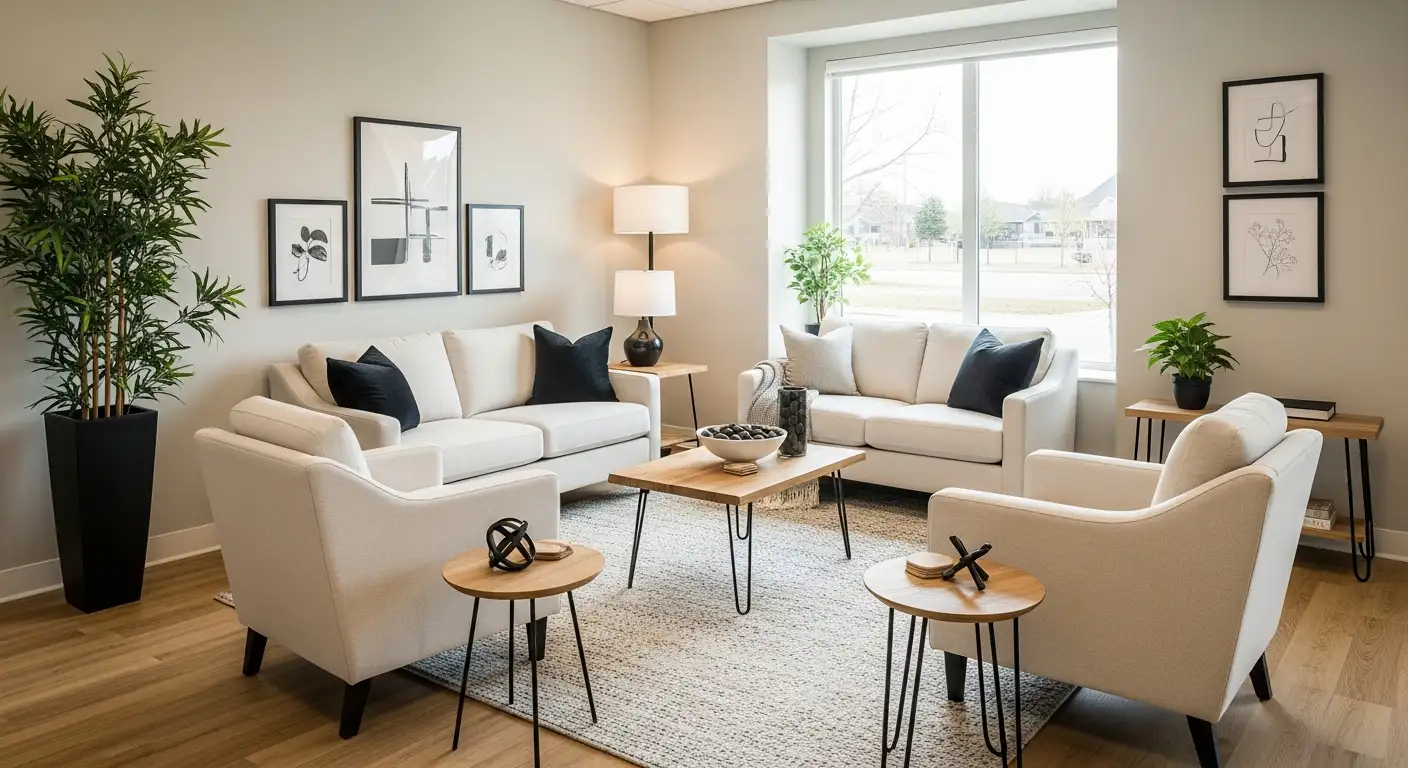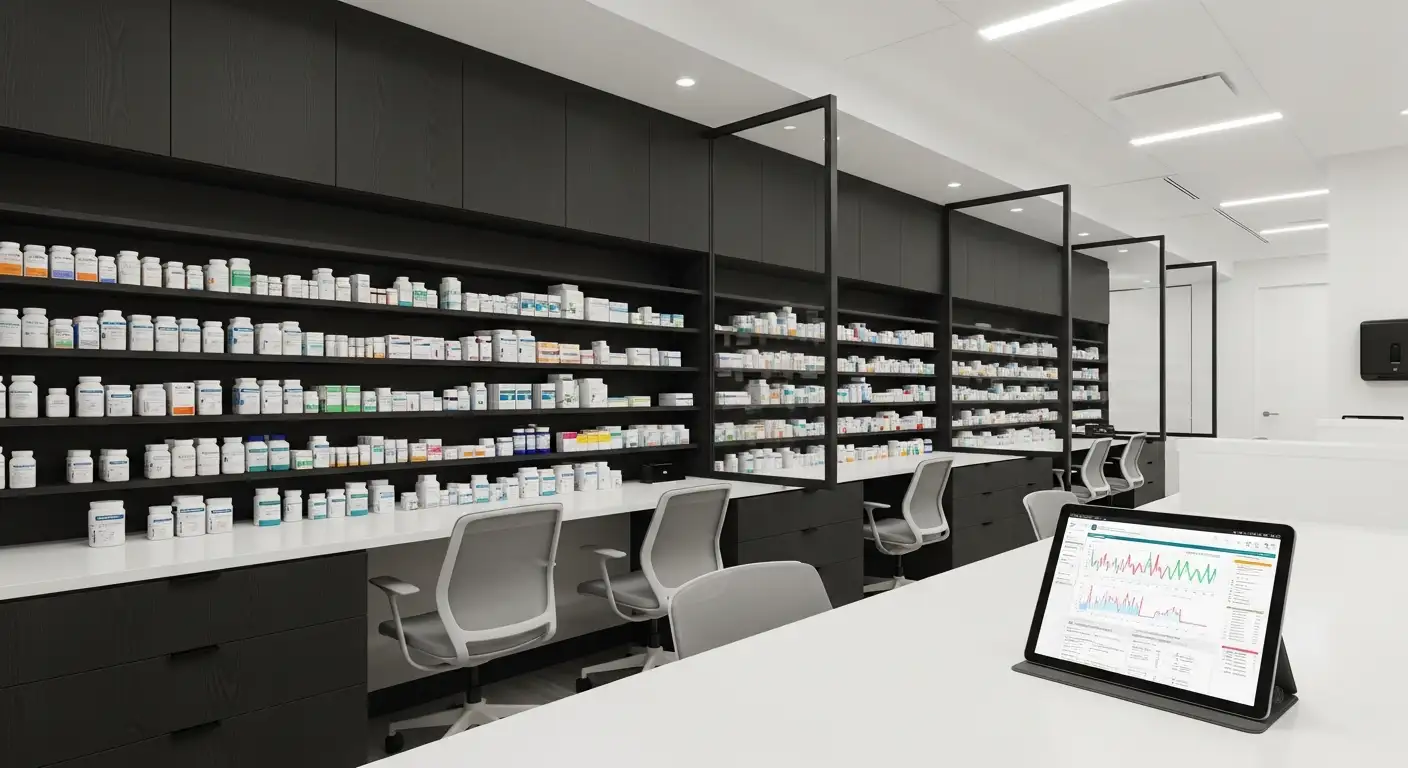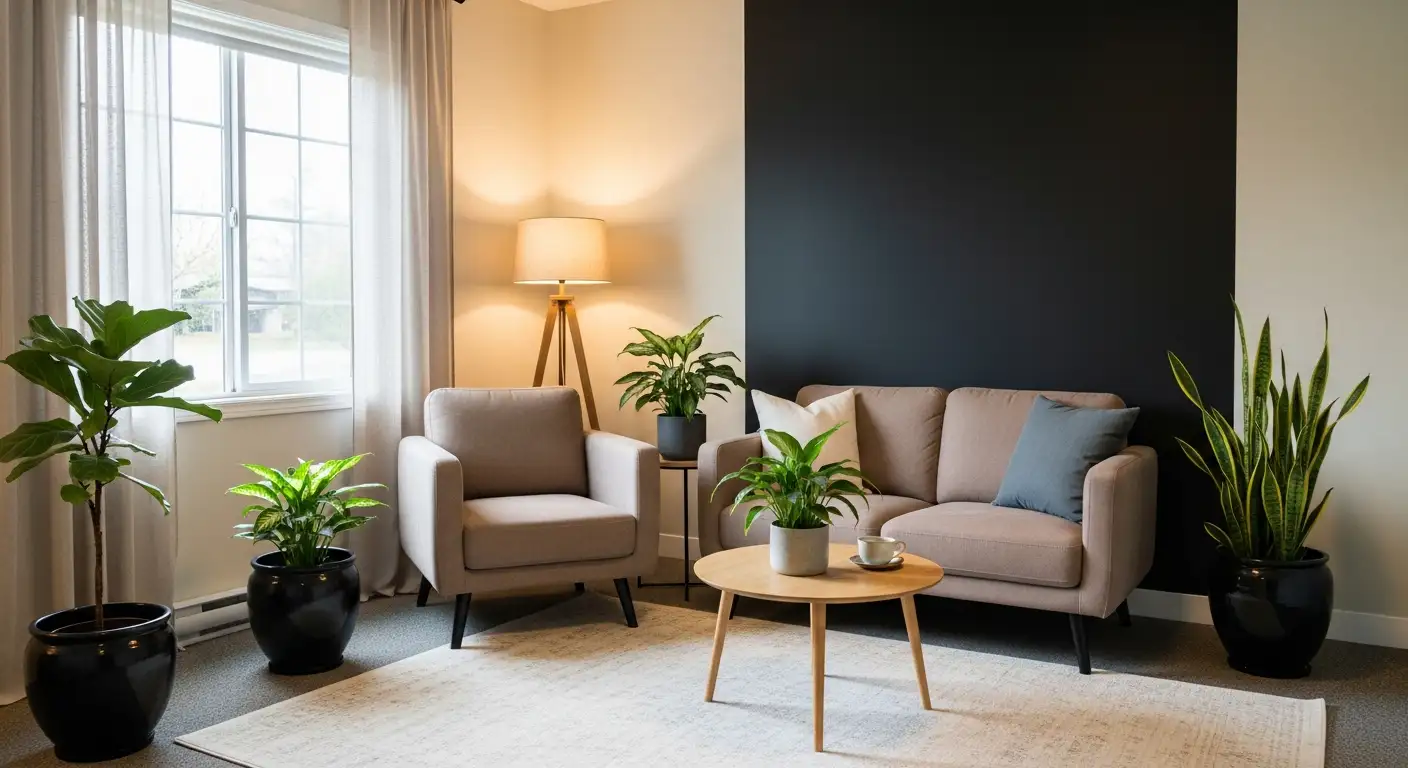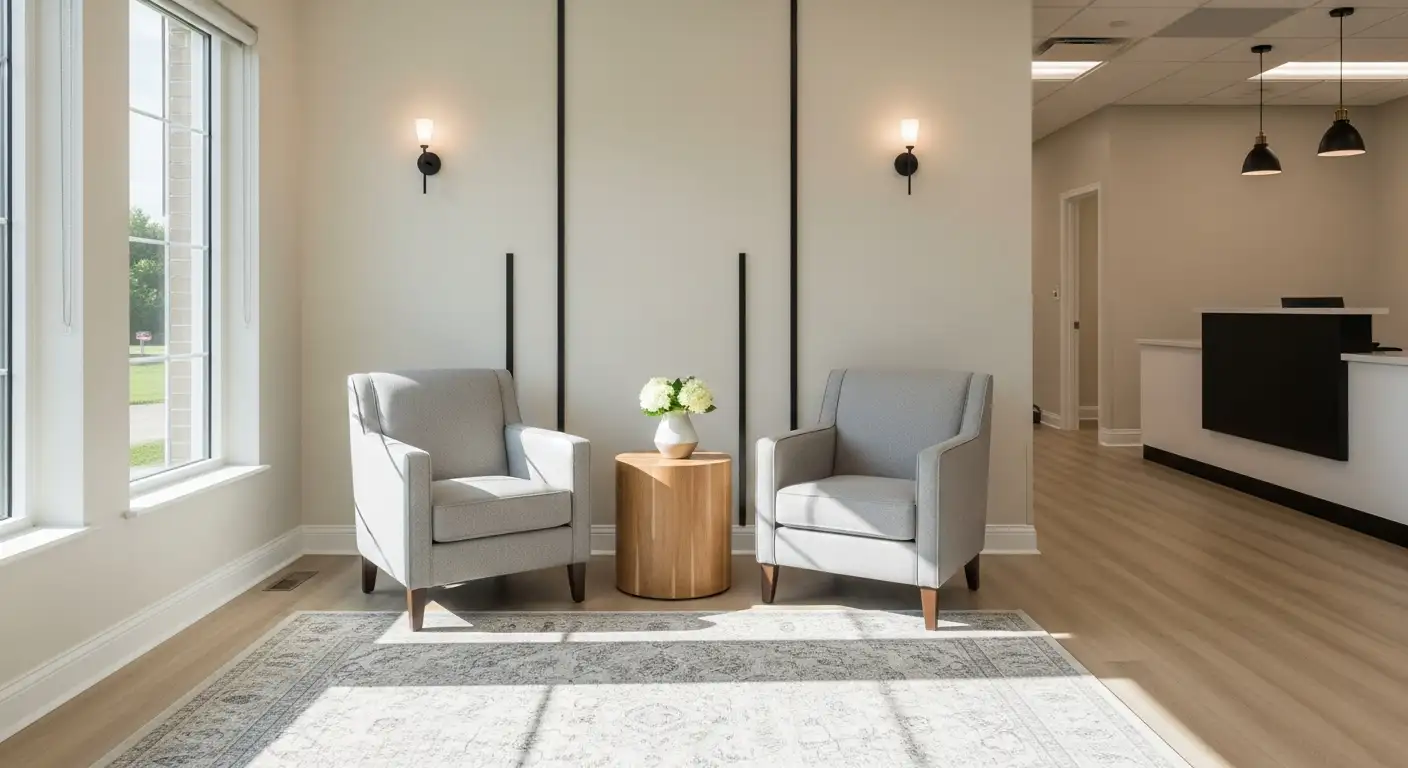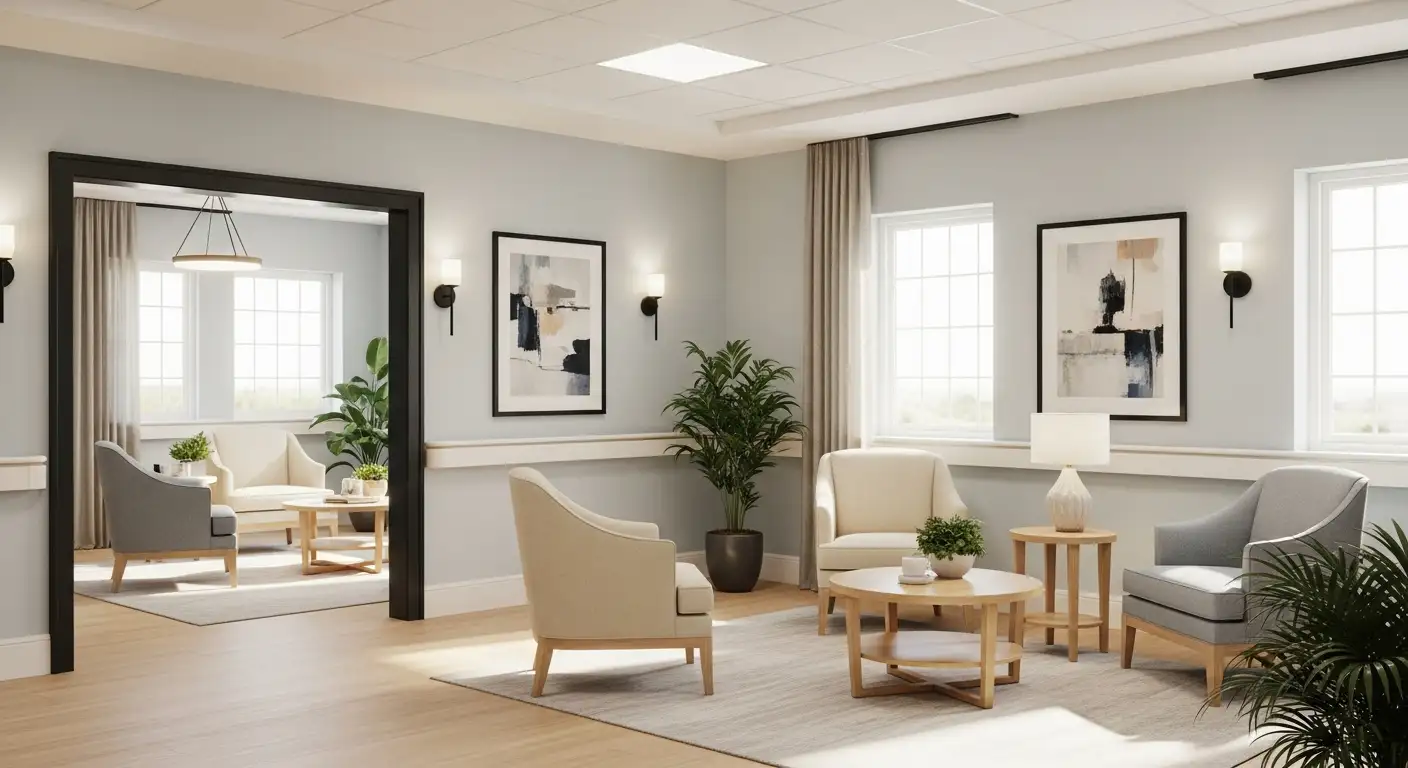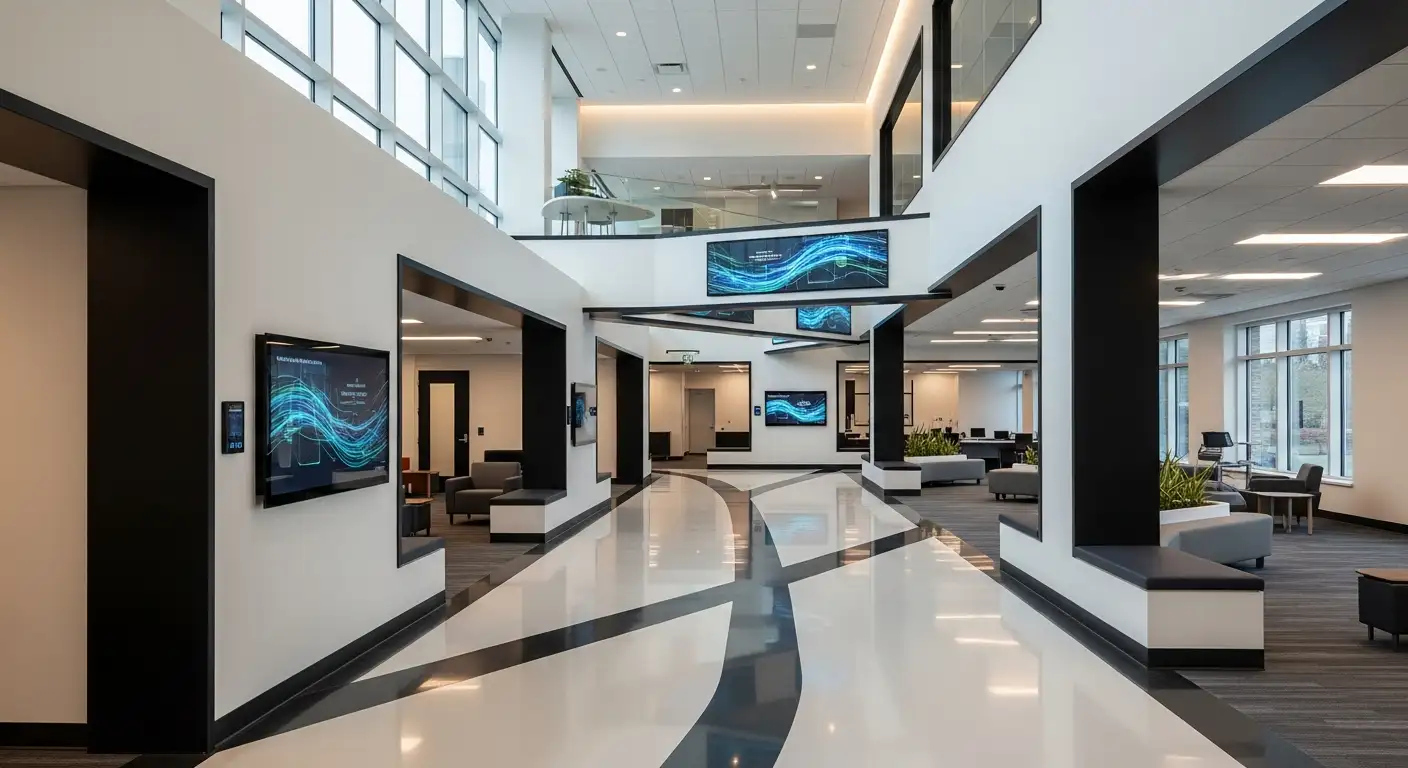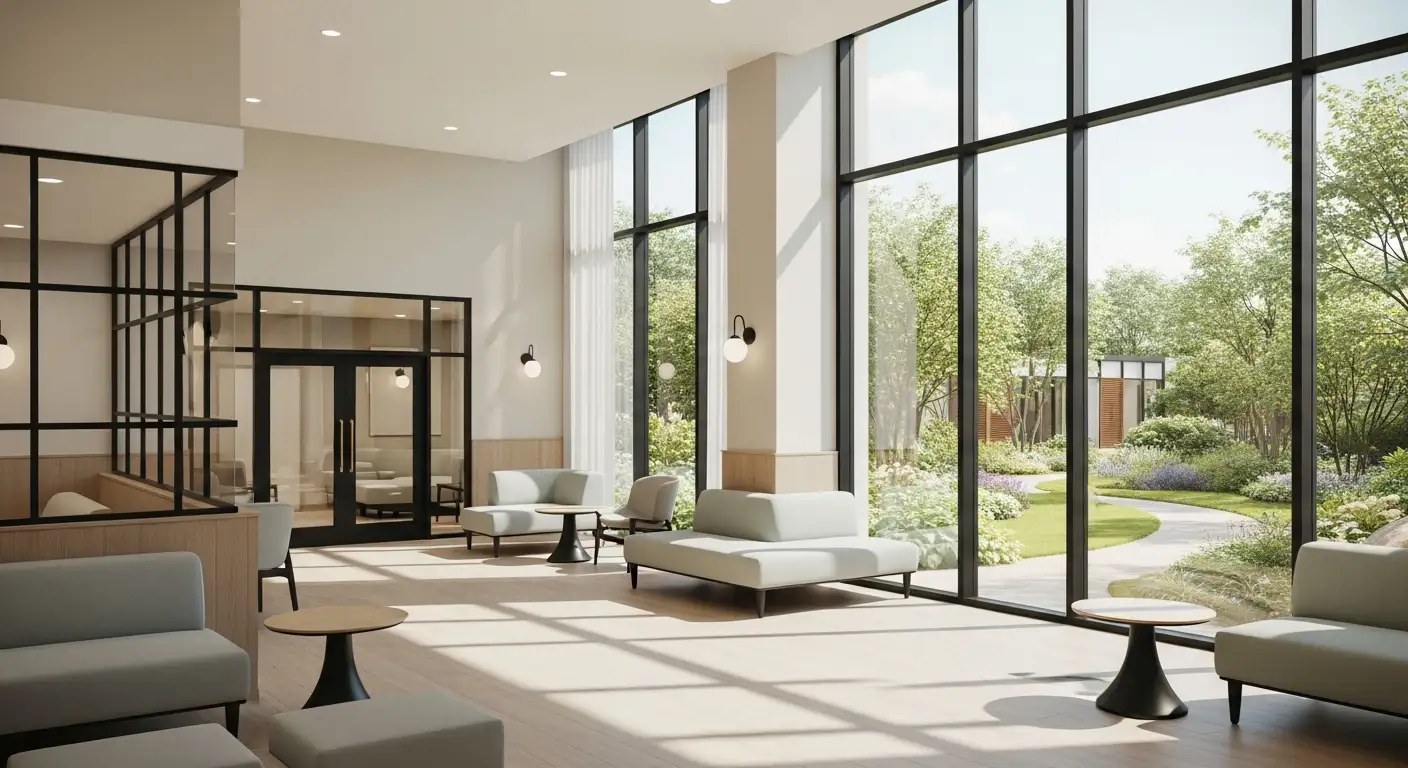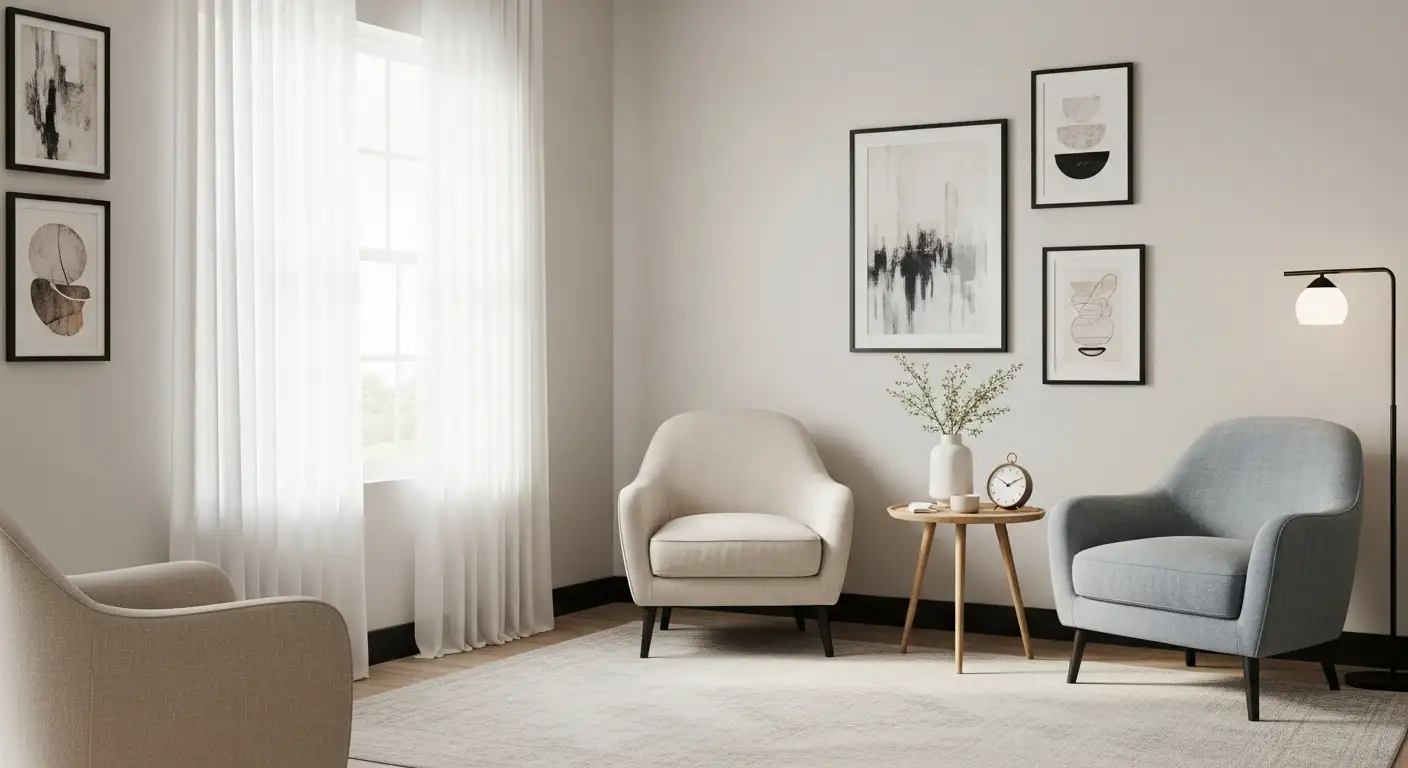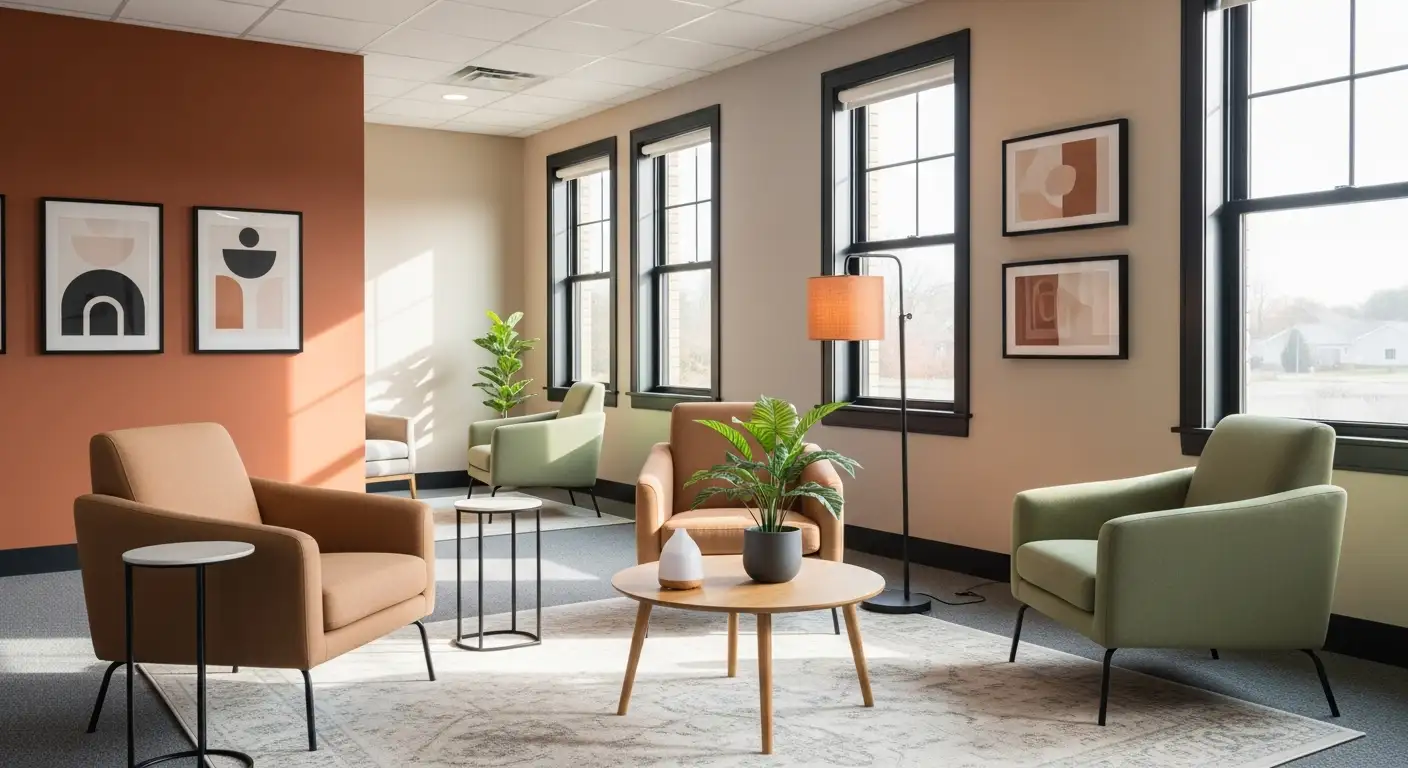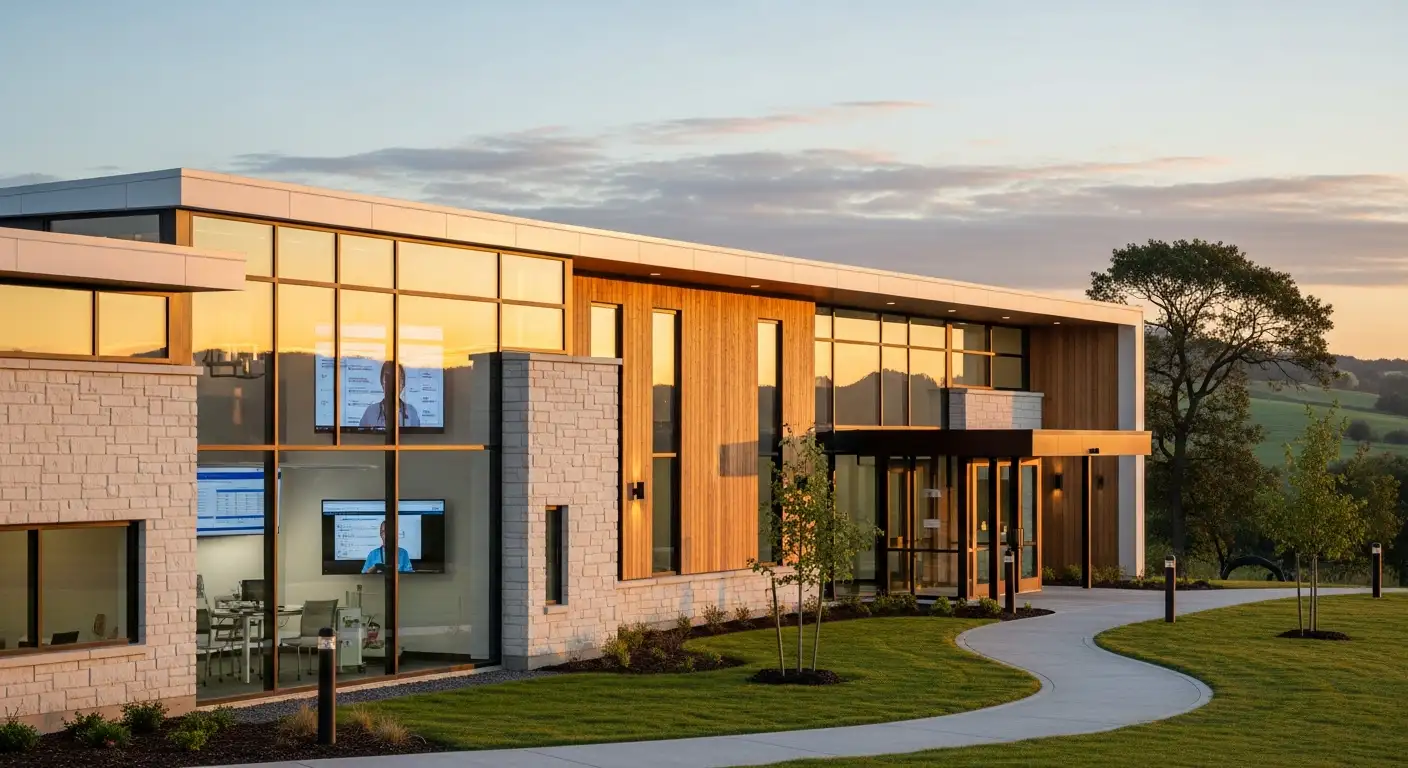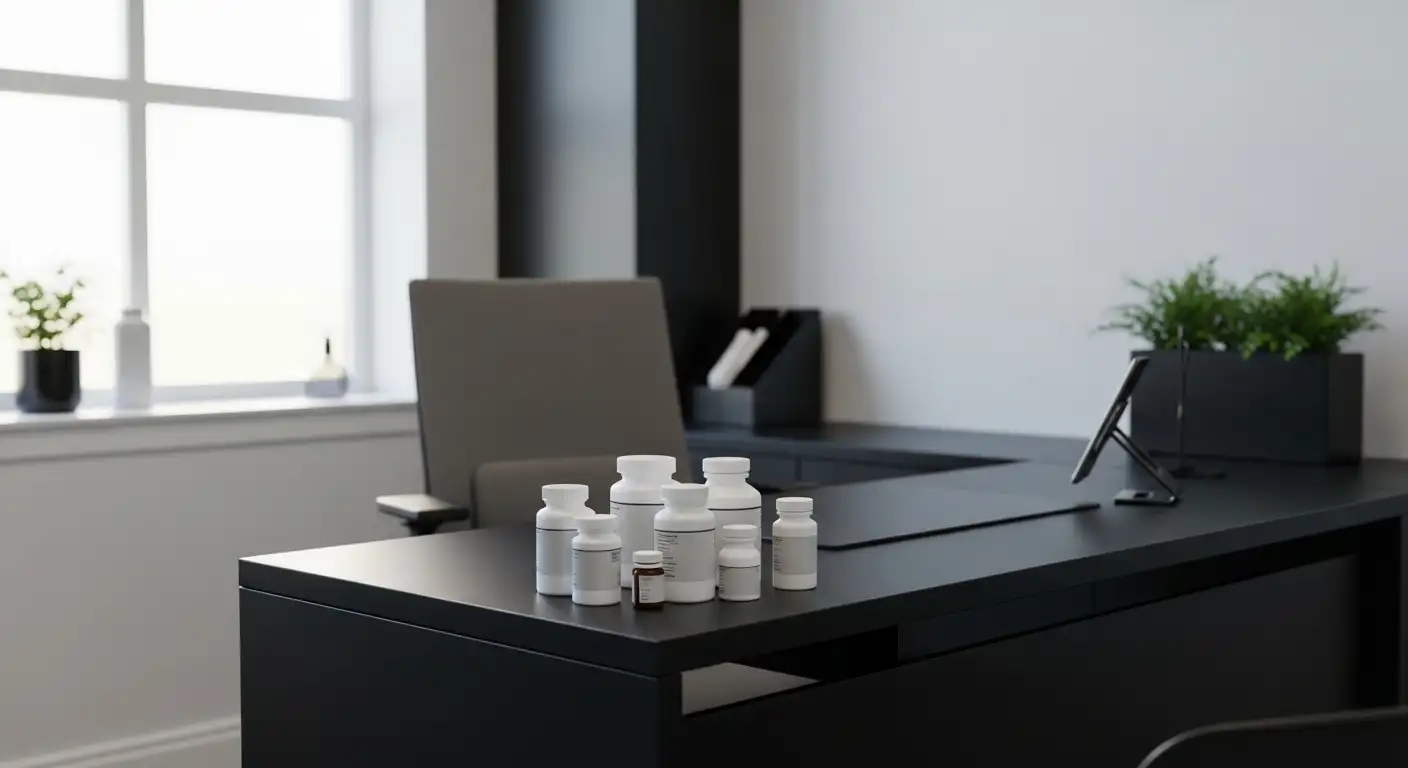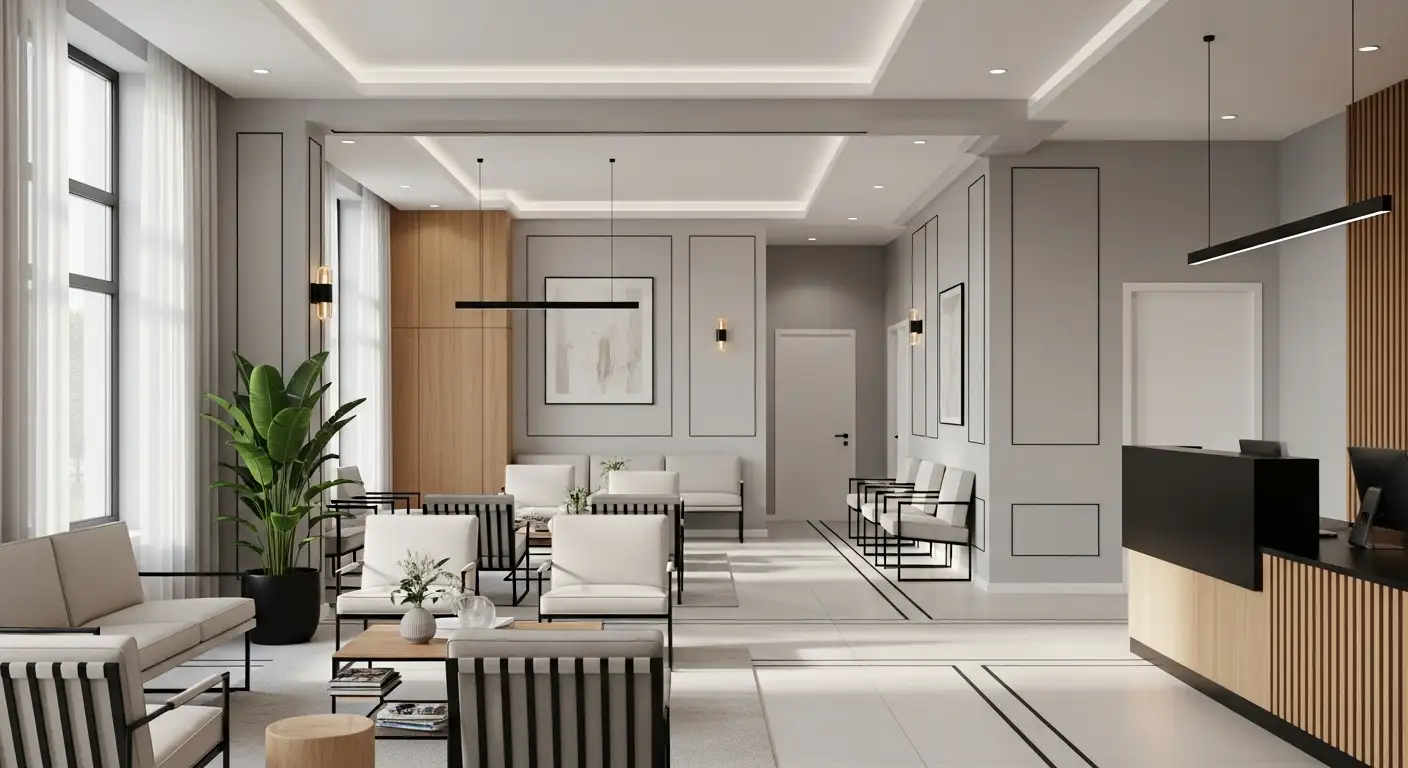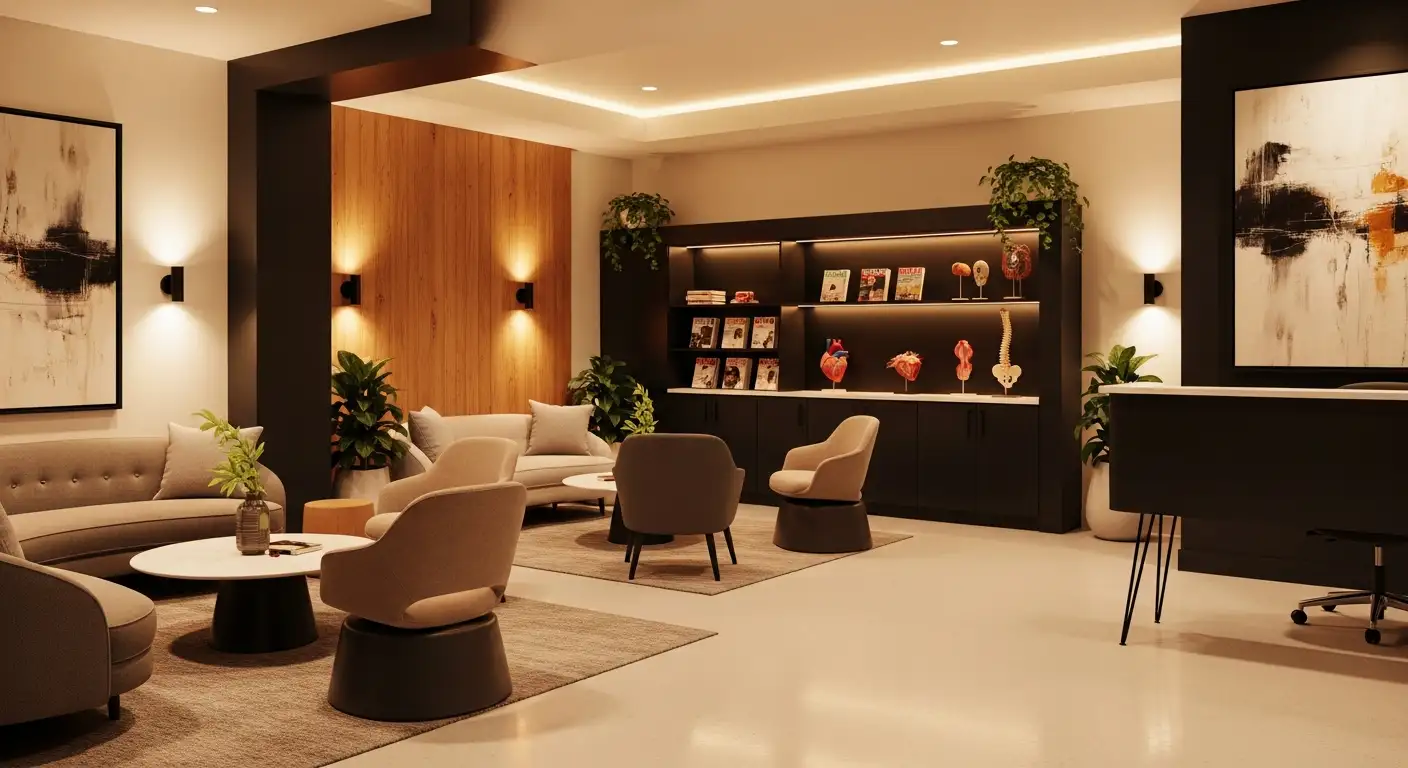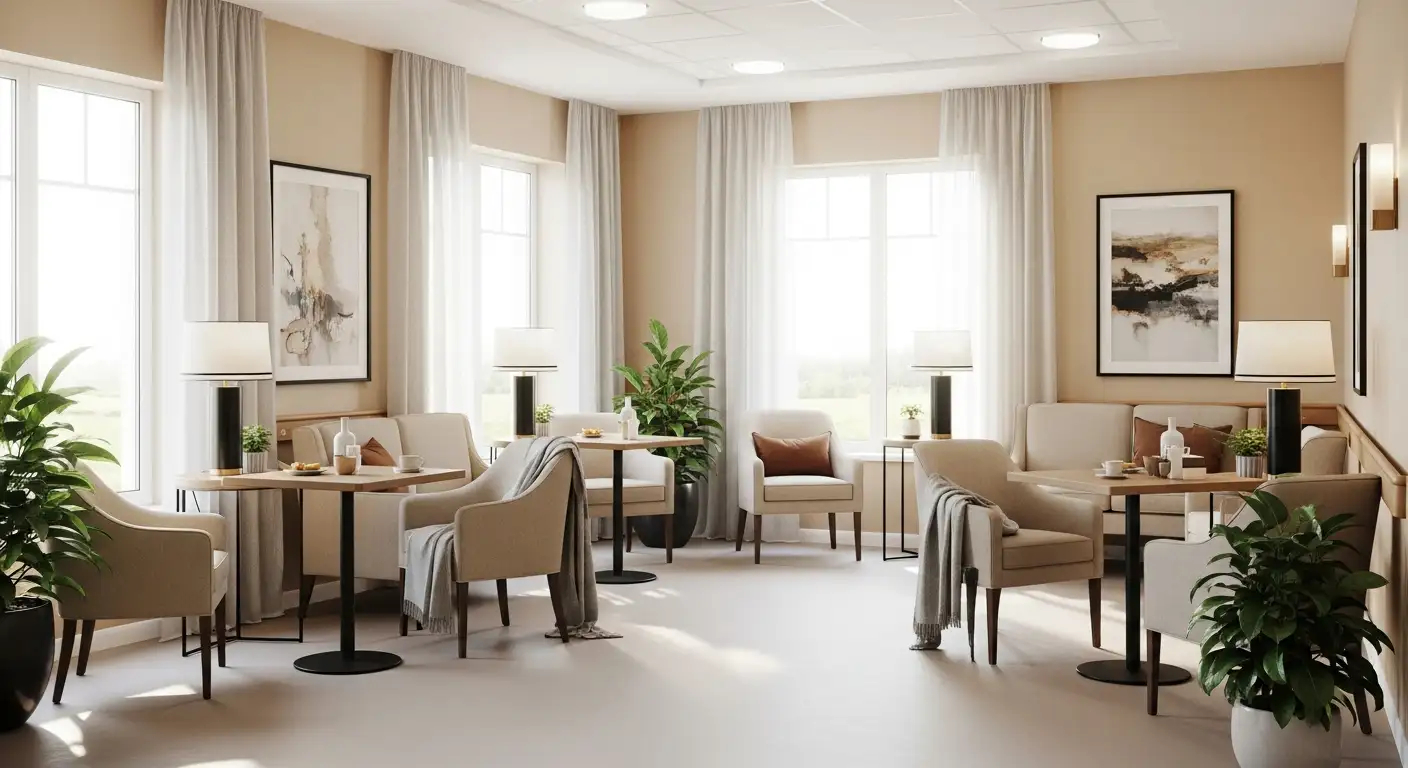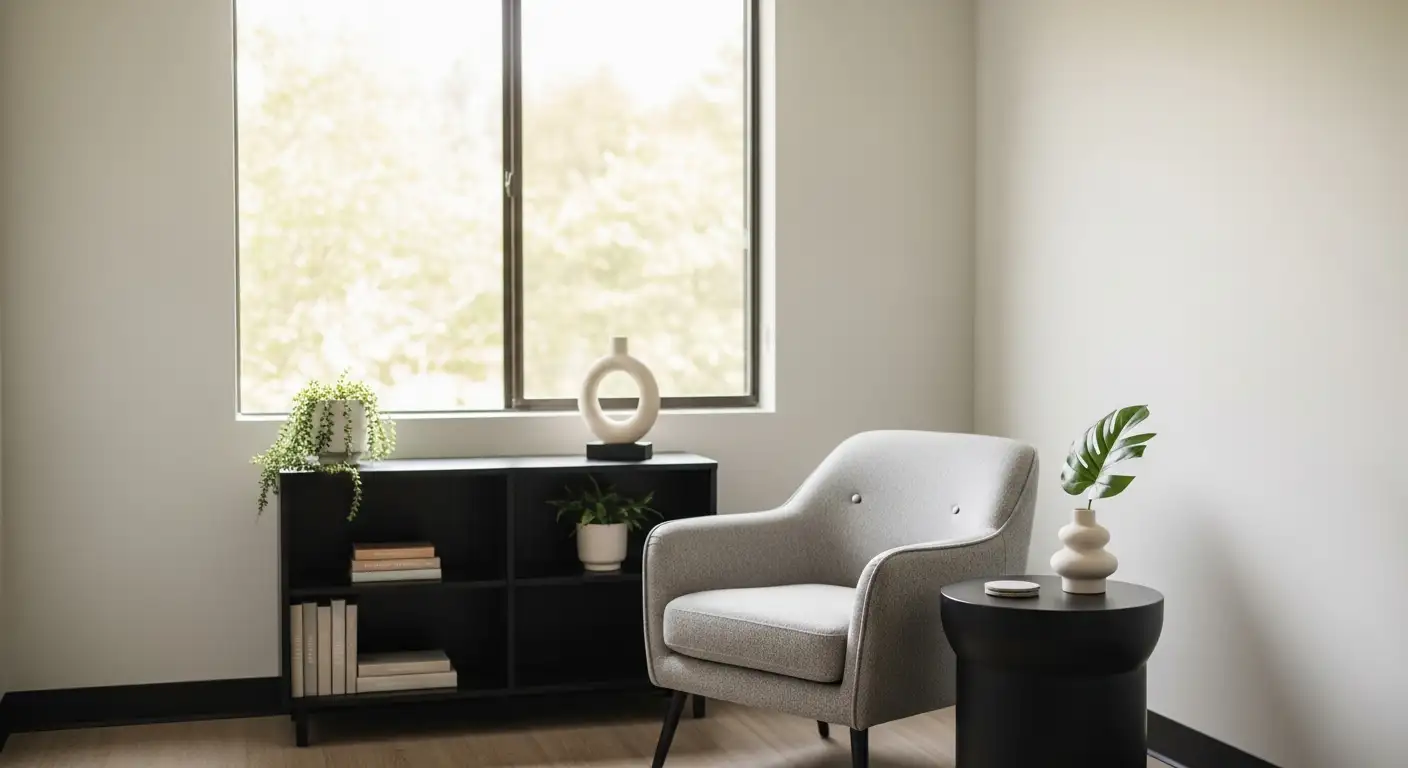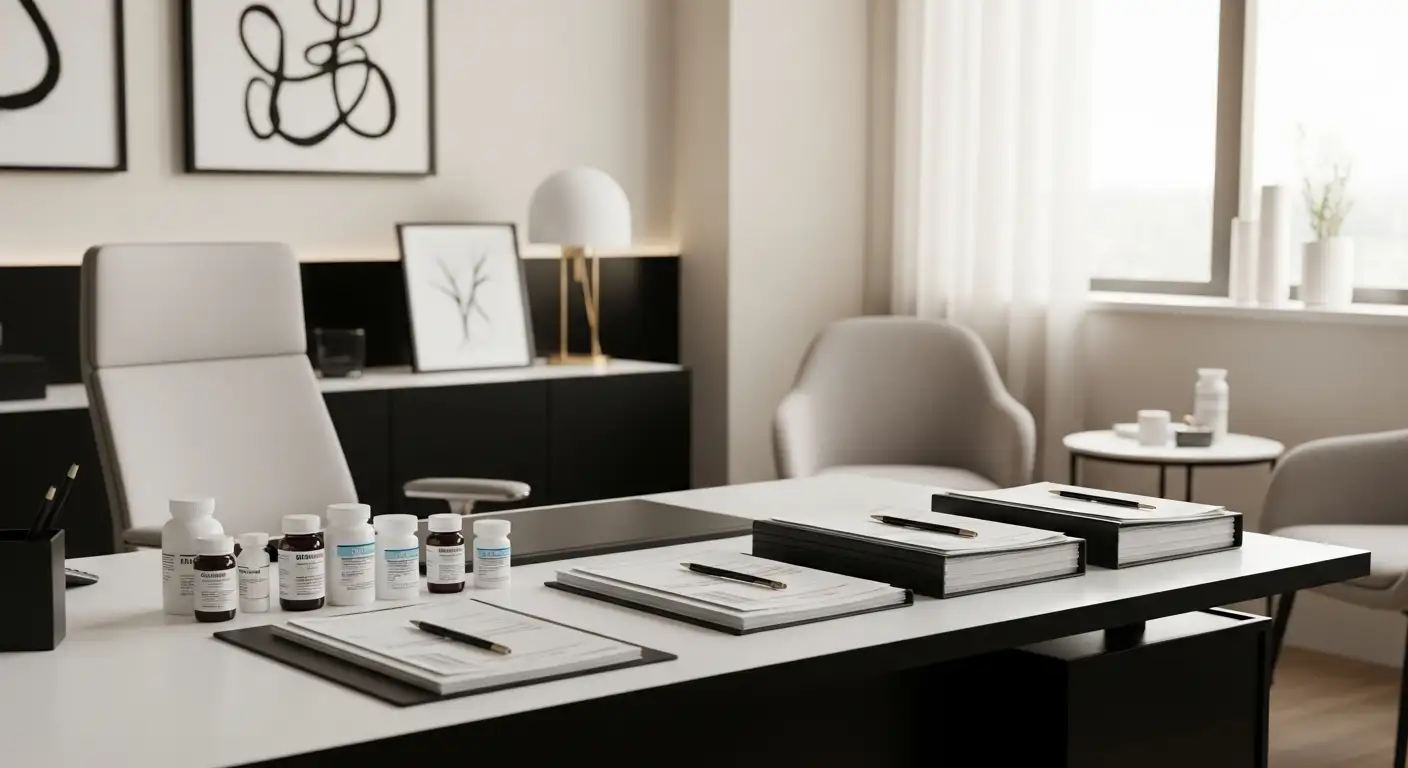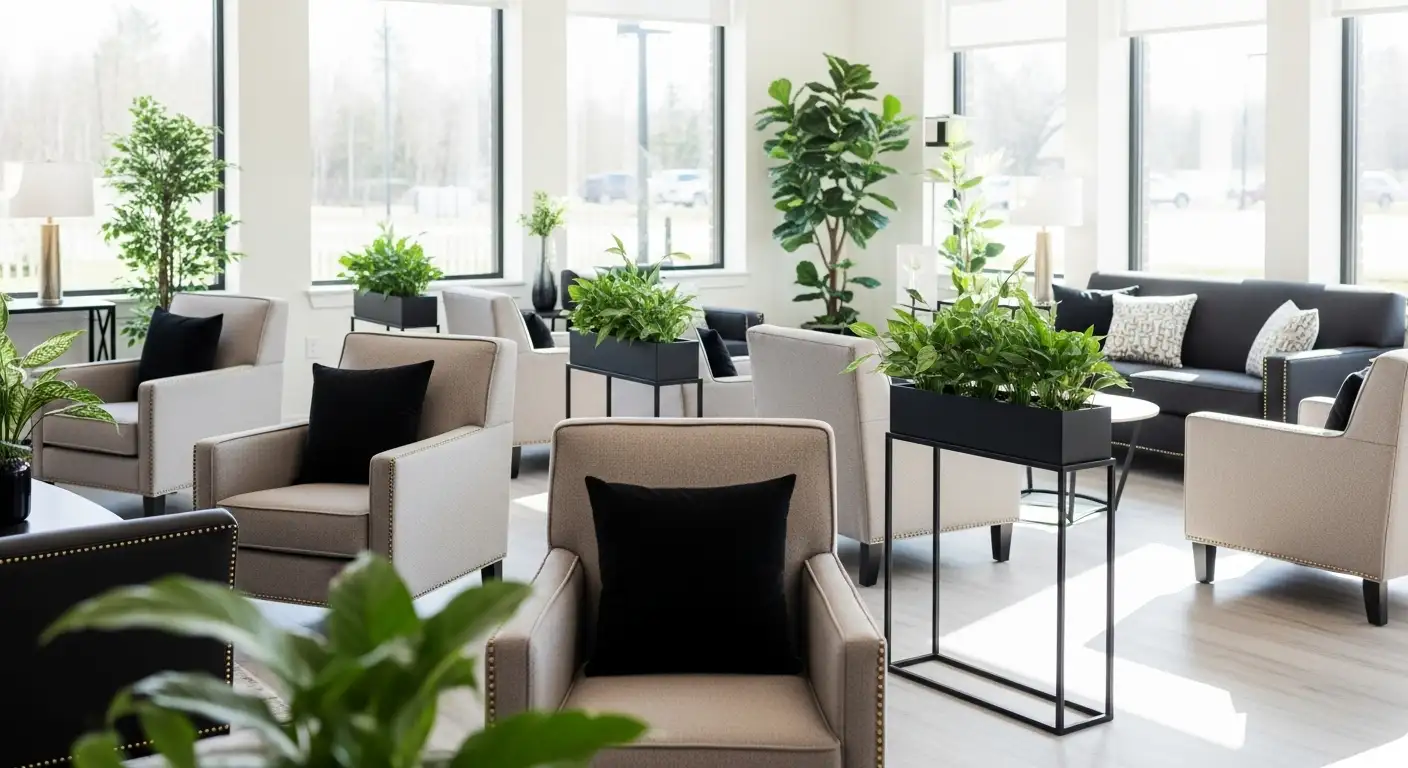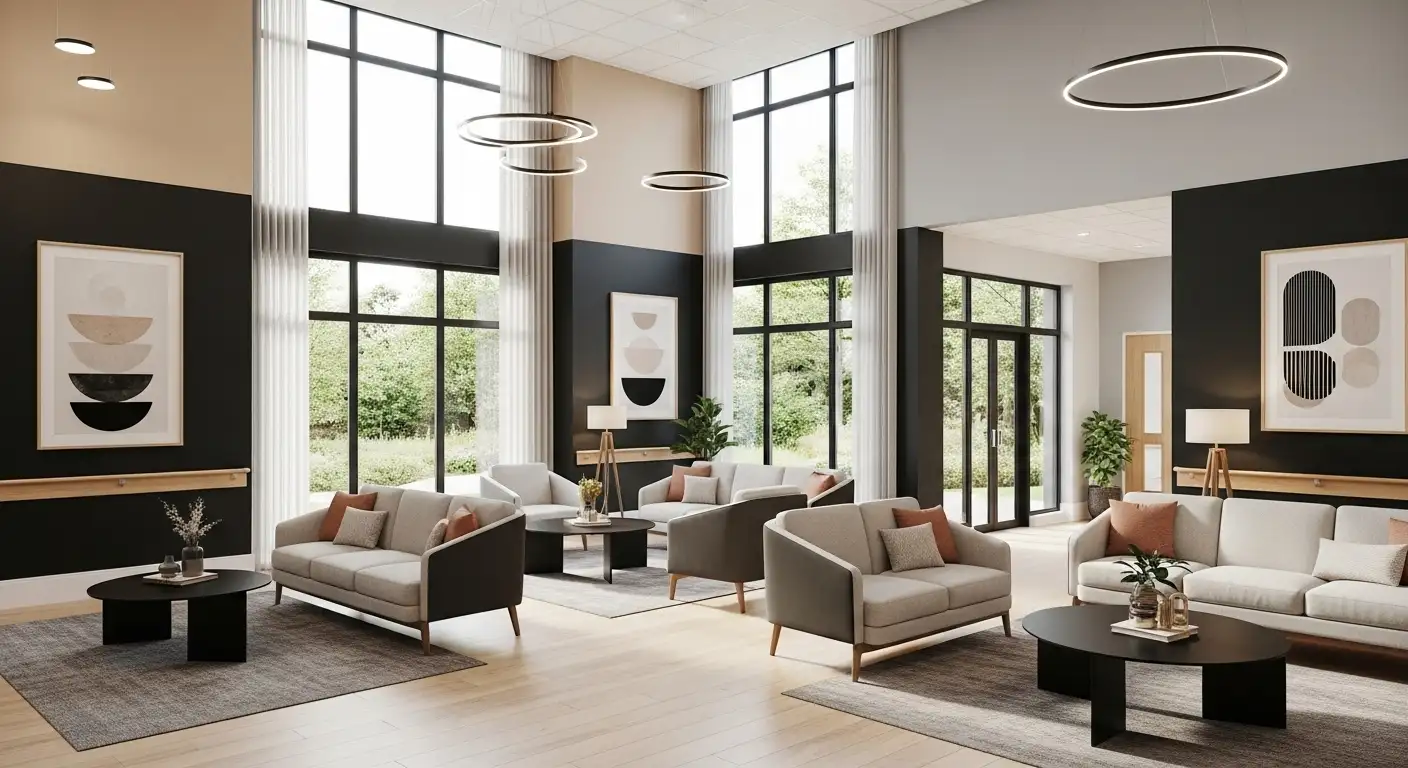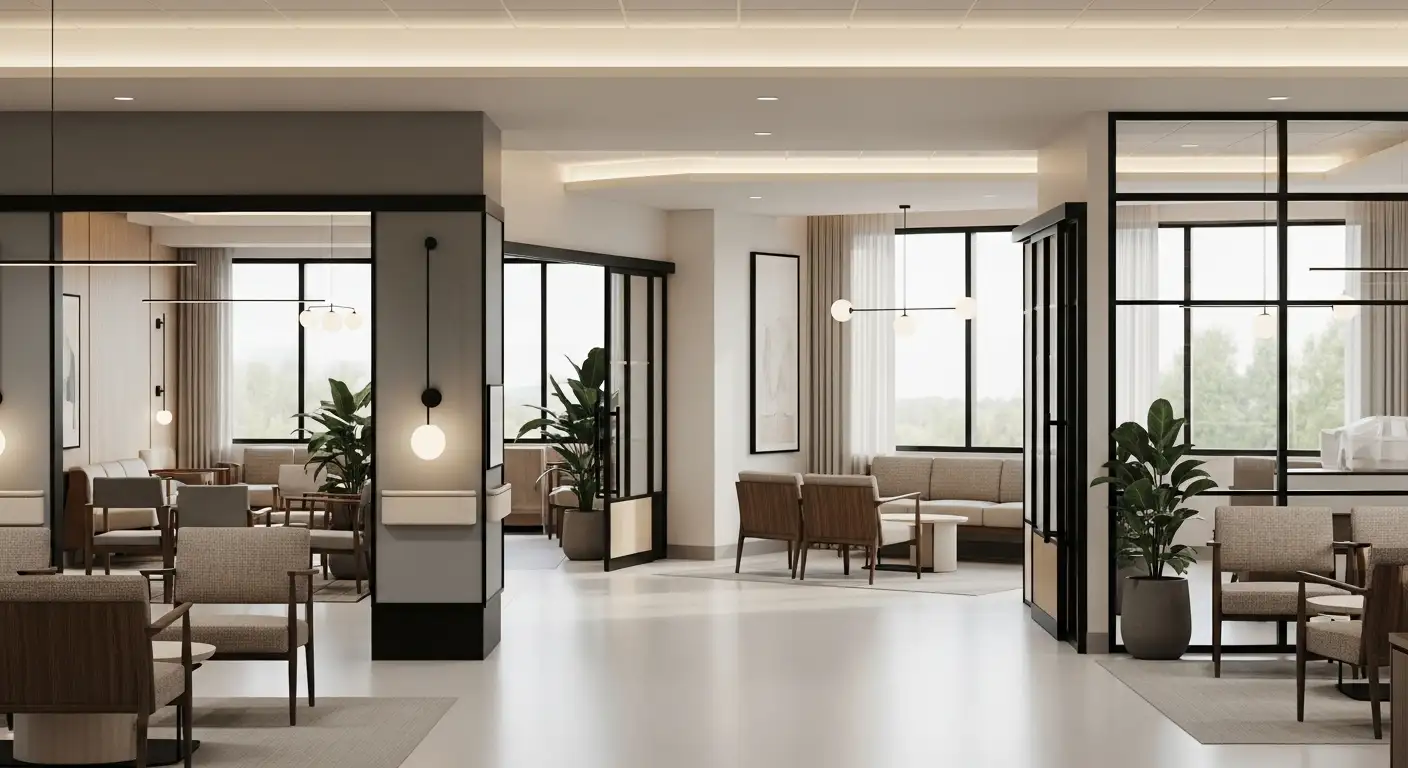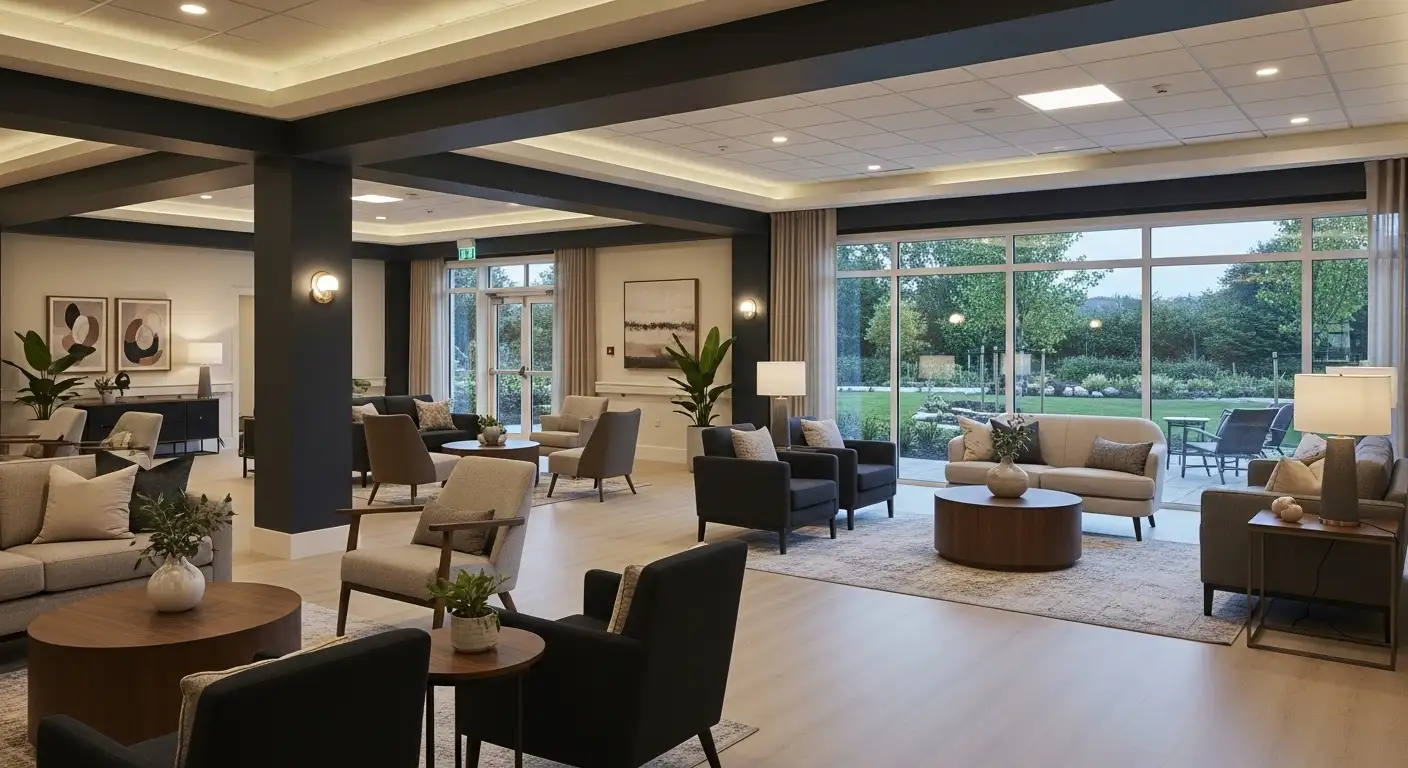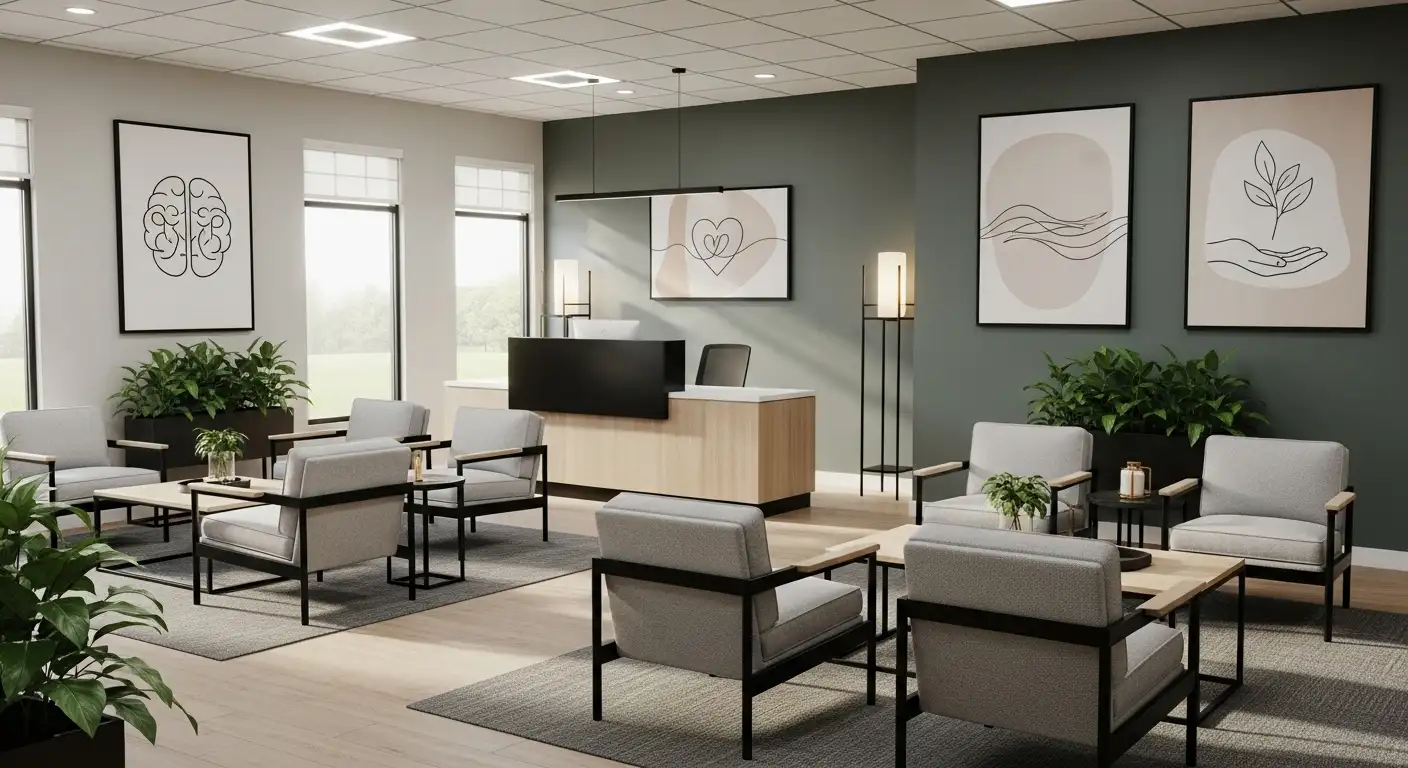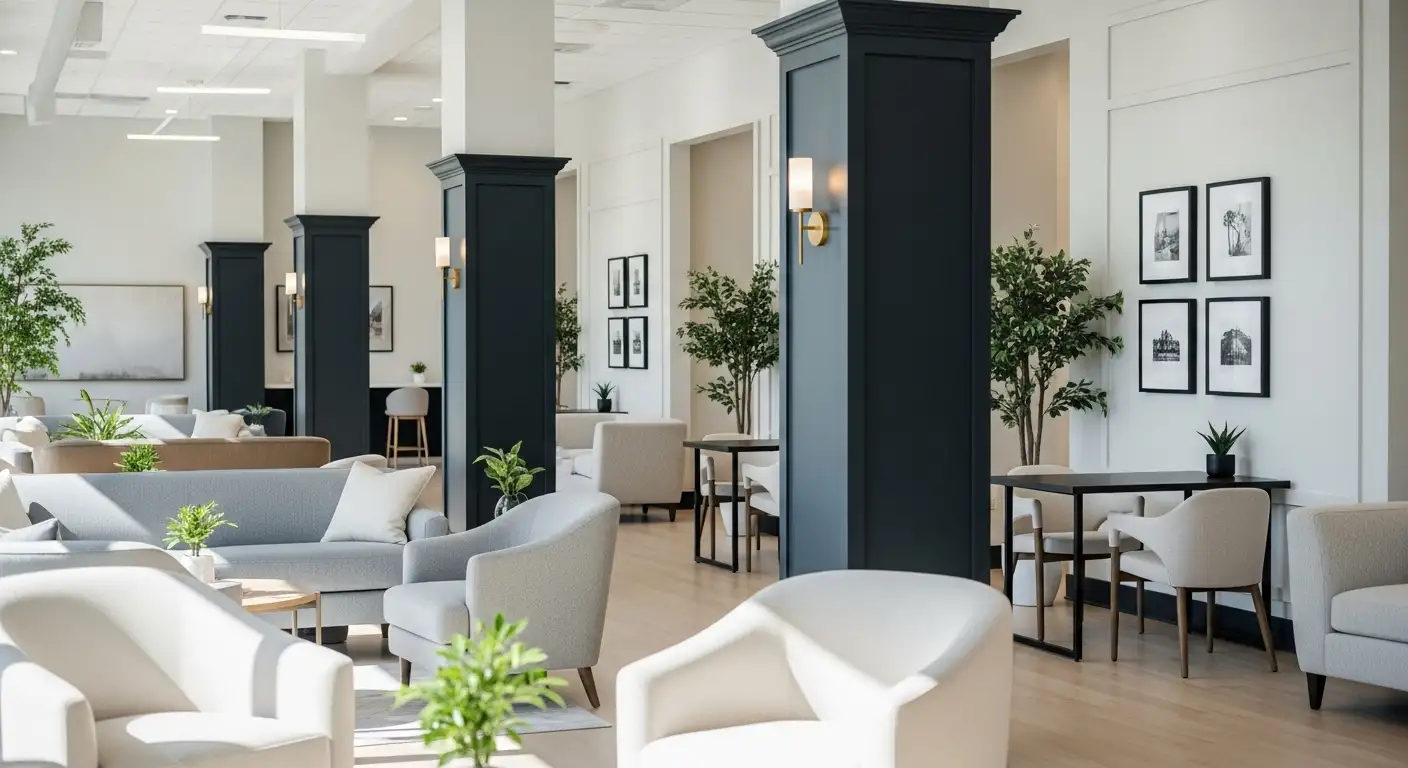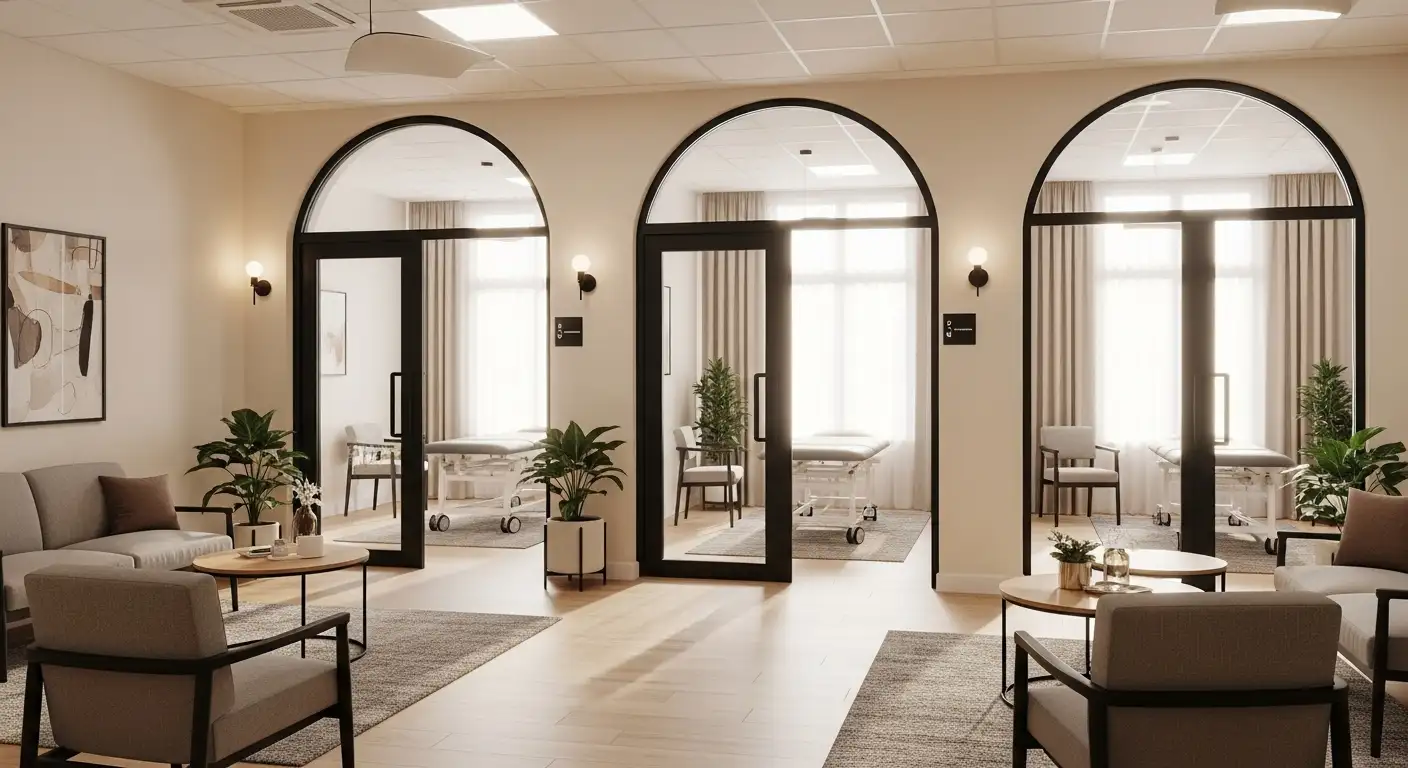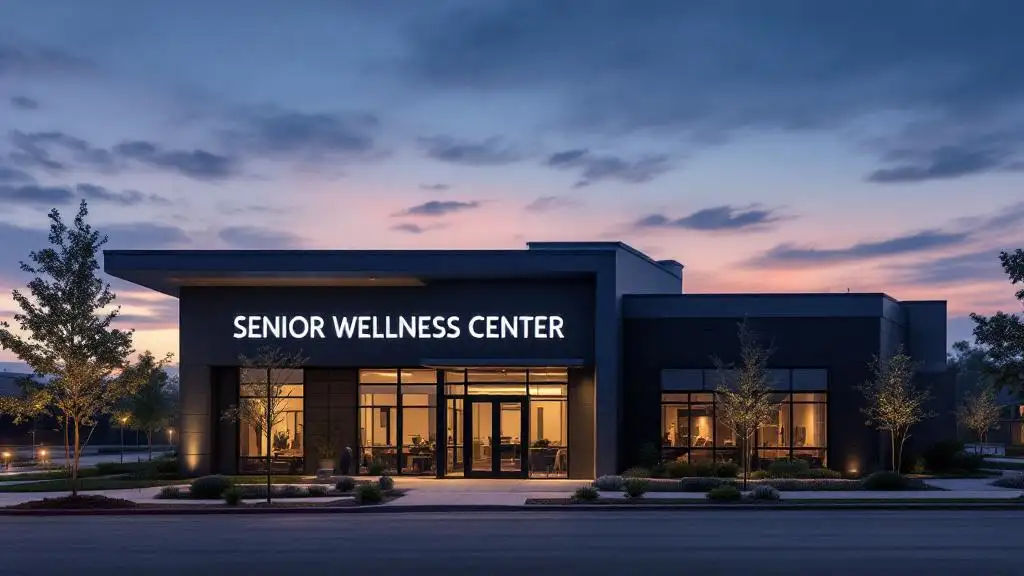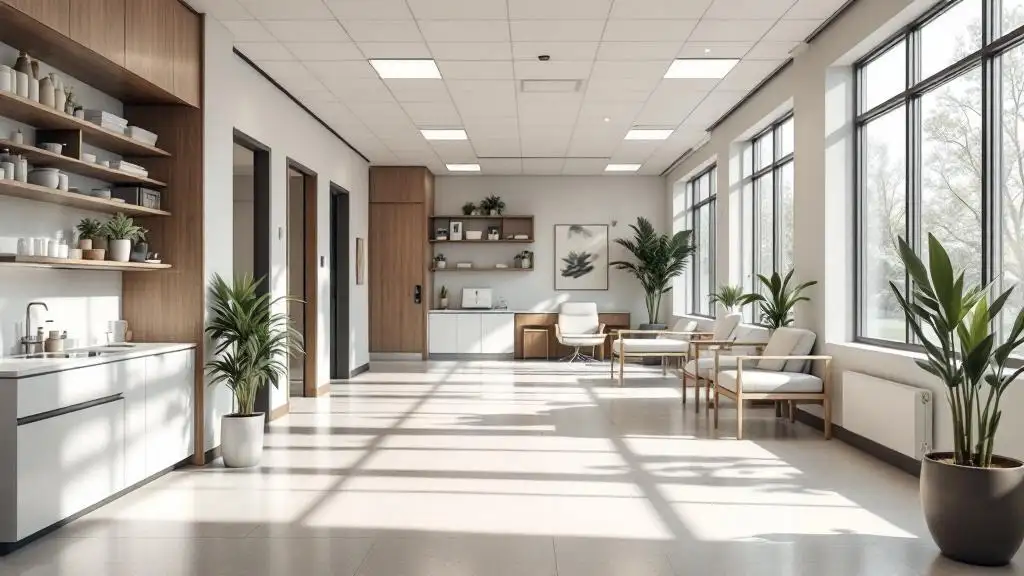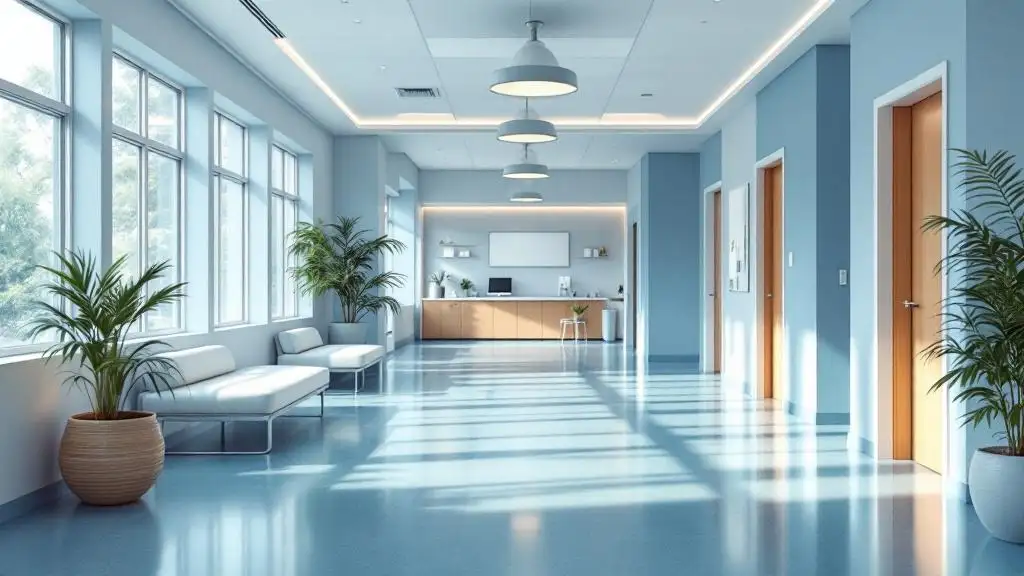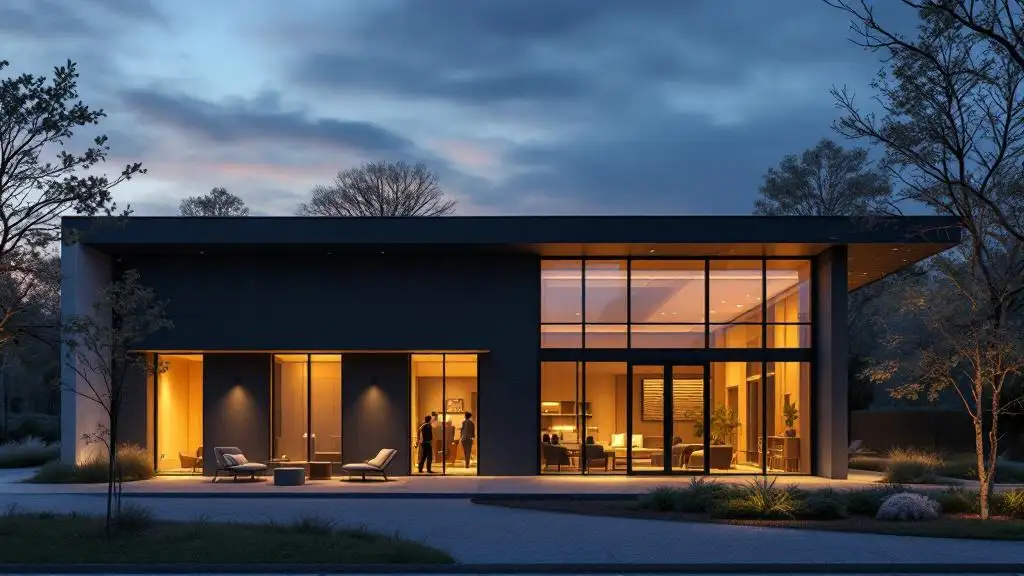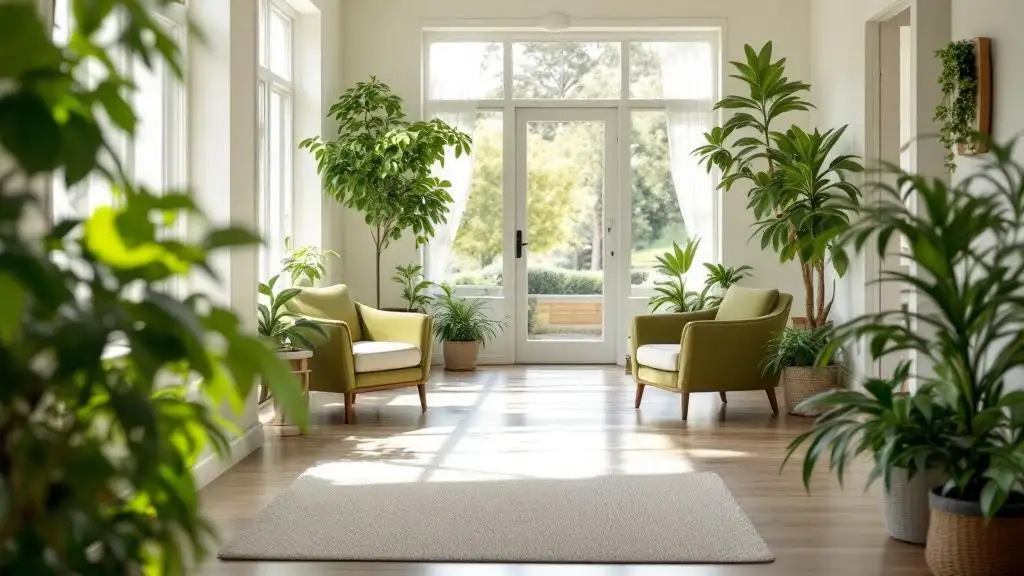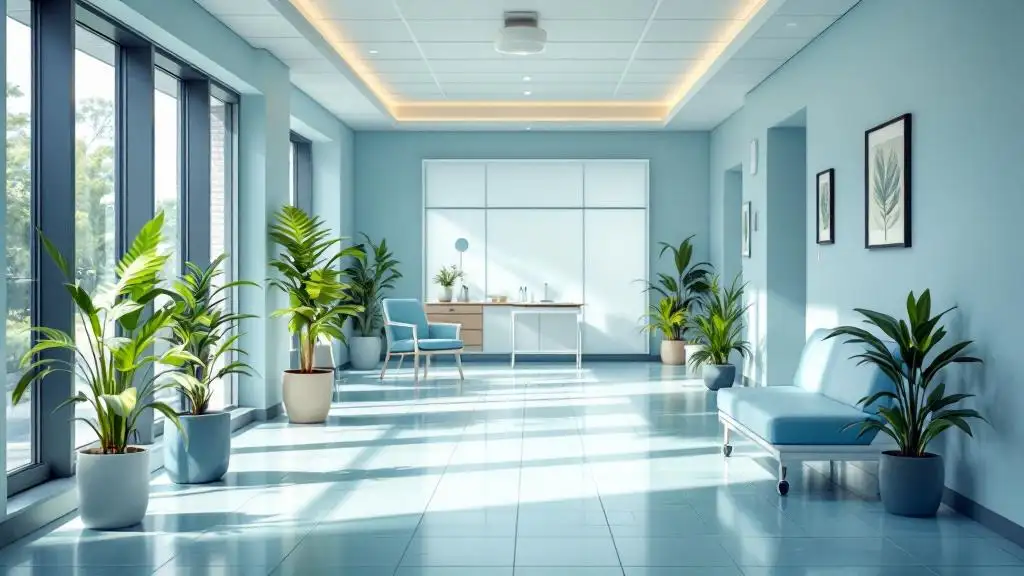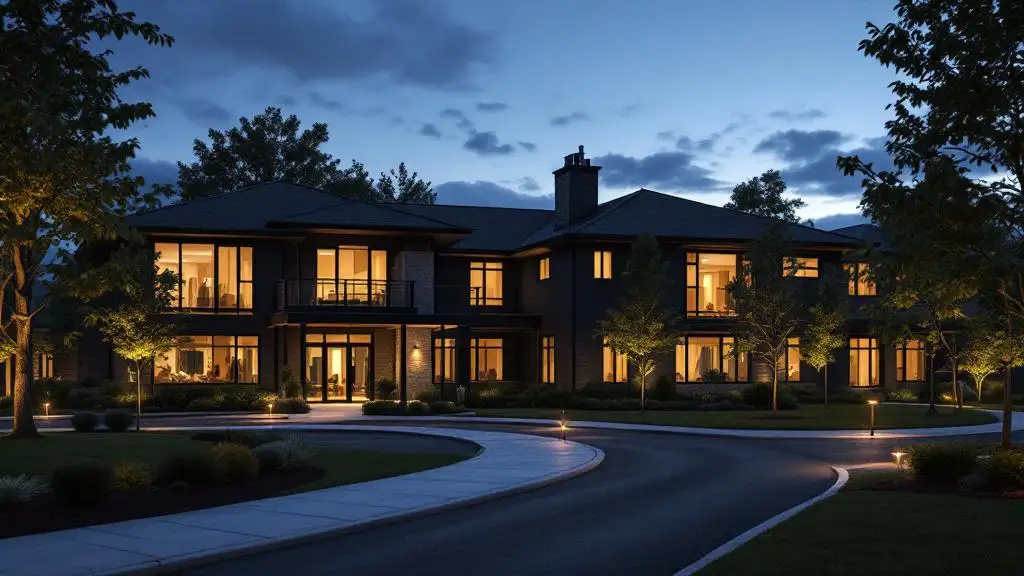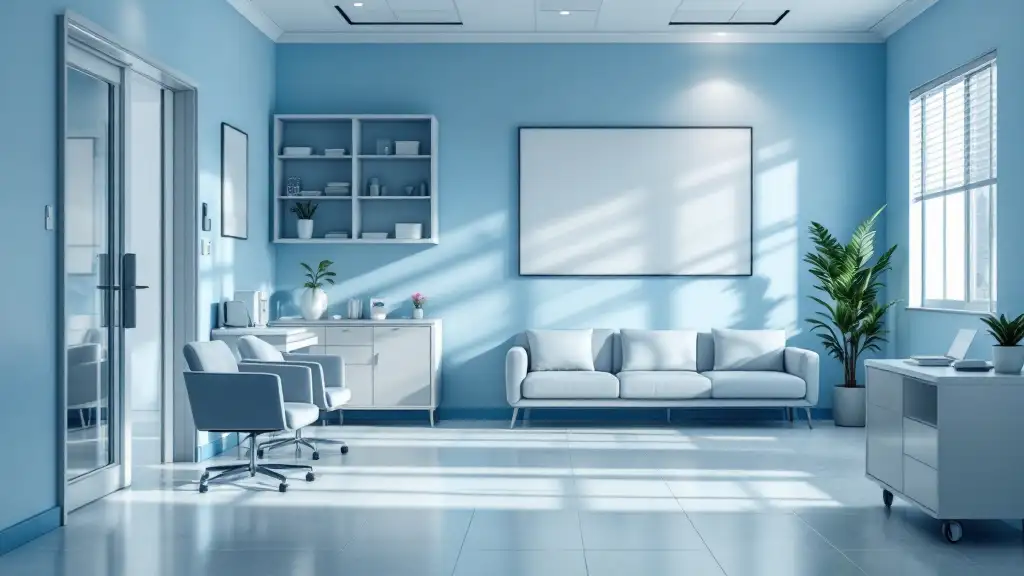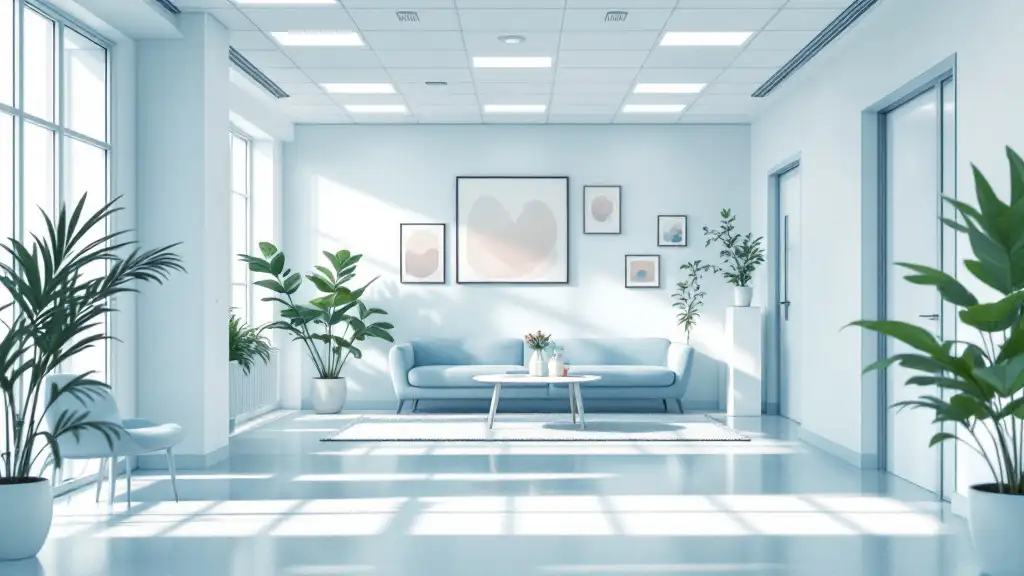Understanding the Essentials of Monitoring in Geriatric Therapy
Monitoring progress in elderly residents undergoing therapy is vital for optimizing care outcomes, adjusting interventions, and enhancing quality of life. This comprehensive overview explores the assessment instruments, methodologies, technological tools, and person-centered approaches essential for effective monitoring, emphasizing the importance of holistic, individualized care within geriatric populations.
Assessment Instruments in Geriatric Therapy
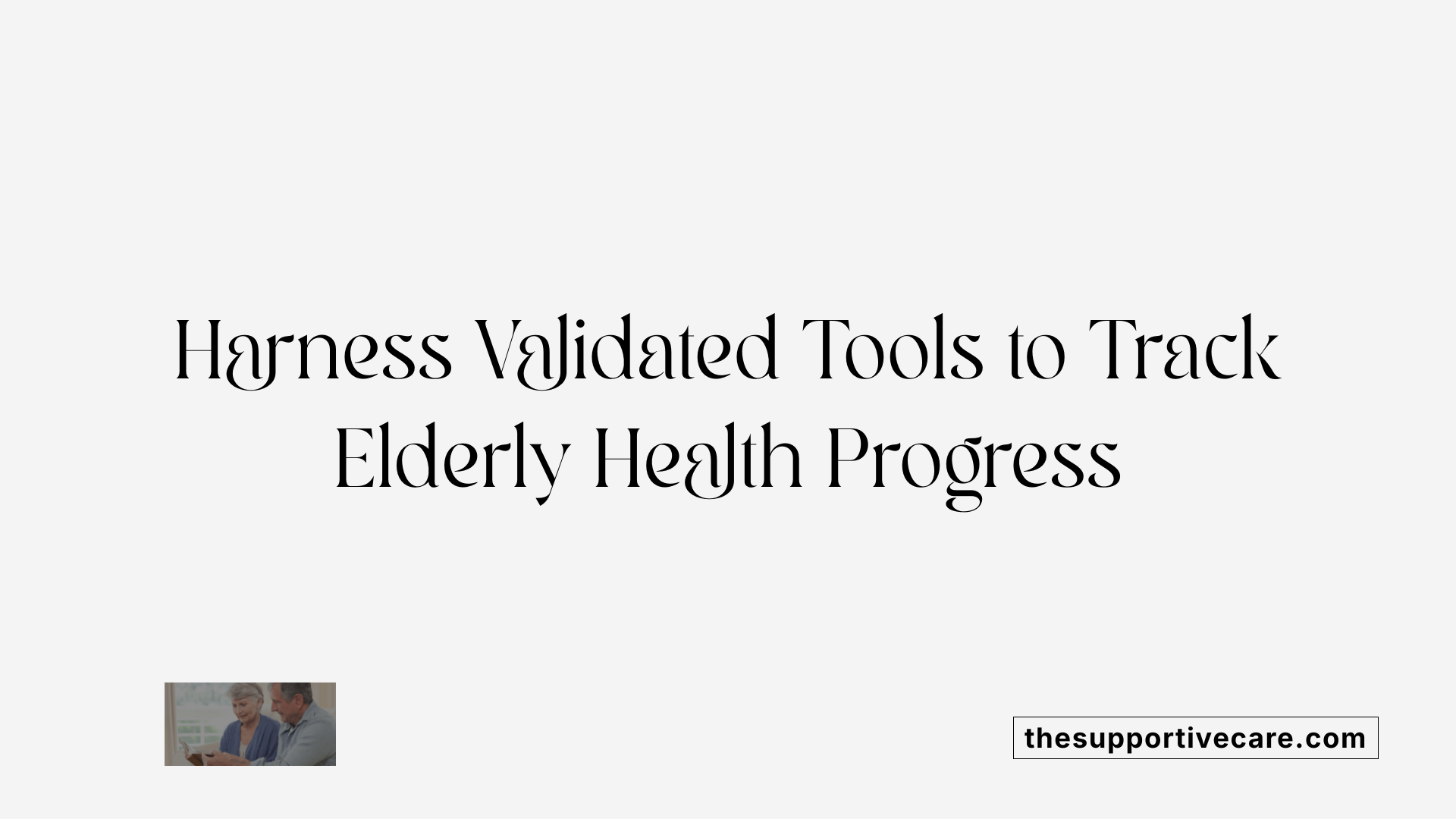 Monitoring the progress of elderly patients undergoing therapy involves utilizing various validated assessment tools that provide insights into mental, physical, and overall well-being.
Monitoring the progress of elderly patients undergoing therapy involves utilizing various validated assessment tools that provide insights into mental, physical, and overall well-being.
One of the most commonly used instruments for mental health screening is the Geriatric Depression Scale (GDS). Short forms like the GDS-15 are popular due to their brevity and ease of use. These tools consist of simple yes/no questions that help identify symptoms of depression, which is prevalent among older adults and can significantly affect their quality of life.
In addition to mental health assessments, functional assessment tools are vital in tracking changes in an elderly person's ability to perform daily activities. The Katz Activities of Daily Living (ADL) scale evaluates fundamental functions such as bathing, dressing, and eating, while the Lawton Instrumental Activities of Daily Living (IADL) scale assesses more complex skills like managing finances, medication, and transportation.
Health-related quality of life measures are crucial for understanding the broader impact of therapy on an elderly individual's life. Instruments such as the SF-36 and WHOQOL are comprehensive questionnaires that evaluate physical health, psychological state, social relationships, and environmental factors.
Using these assessment tools helps clinicians to monitor health trends comprehensively. They enable timely adjustments to treatment plans, early detection of emerging issues, and better overall management of elderly care.
| Tool Type | Example Instruments | Purpose | Example Questions/Features |
|---|---|---|---|
| Mental health screening | Geriatric Depression Scale (GDS), GDS-15 | Detect depression symptoms in older adults | Yes/no questions about mood, energy, and interests |
| Functional assessment | Katz ADL, Lawton IADL | Evaluate daily functioning and independence | Activities like dressing, shopping, using transportation |
| Quality of life measurement | SF-36, WHOQOL | Assess overall health status and life satisfaction | Physical limitations, mental health, social relationships |
In summary, employing a combination of these validated tools allows healthcare providers to effectively track progress, tailor individualized care plans, and promote better health outcomes for the elderly population.
The Role of Person-Centered Care and Individual Progress Evaluation
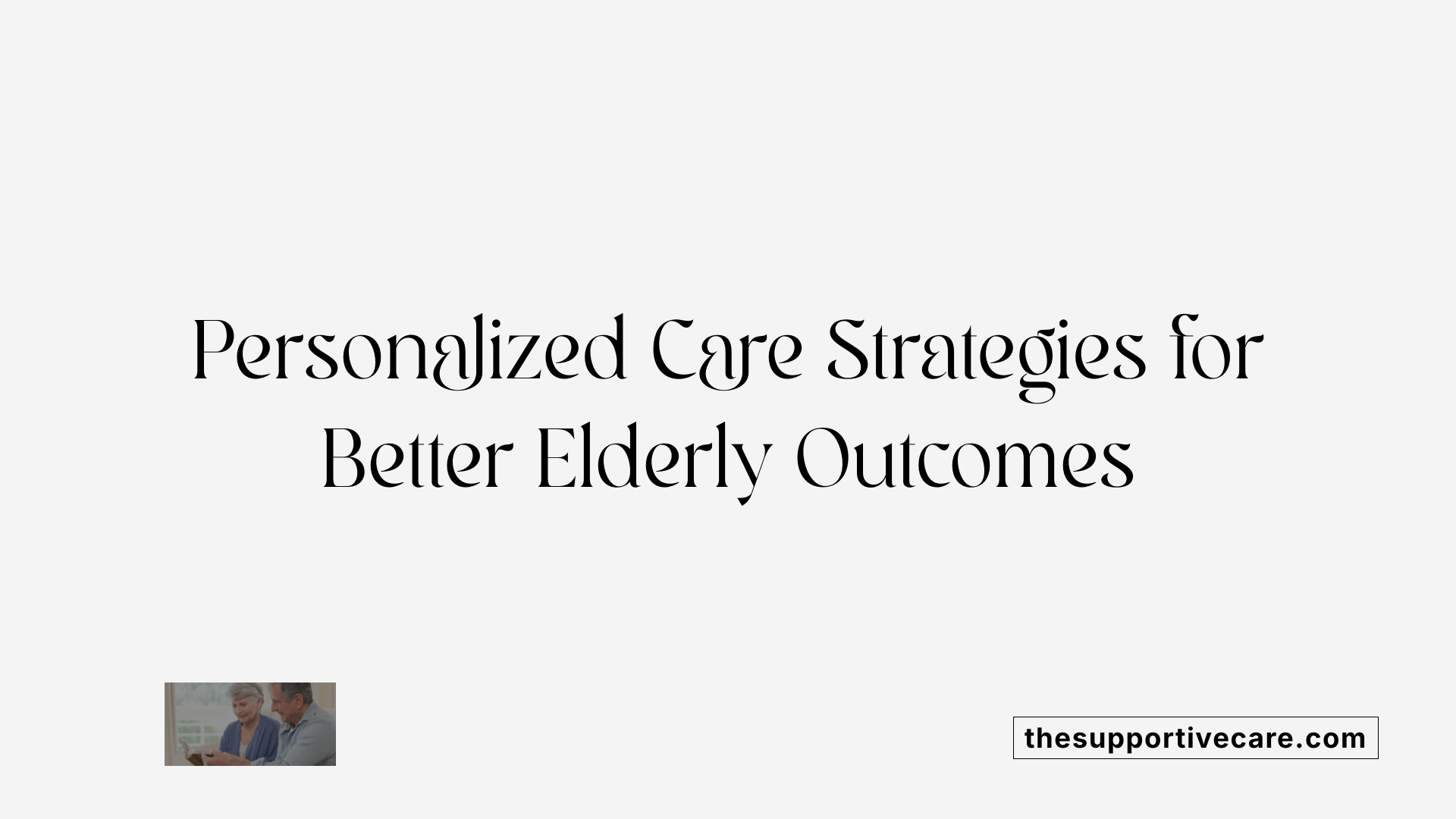
What approaches support person-centered care and individual progress assessment in elderly therapy?
Supporting elderly individuals through personalized care involves strategies that focus on their unique needs, preferences, and life circumstances. Central to this approach is collaborative goal setting, where healthcare providers and patients work together to define meaningful objectives for therapy and daily living.
Effective communication and ongoing engagement enable professionals to adapt care plans based on the individual's responses and evolving needs. Utilizing evidence-based decision aids offers clear, accessible health information, empowering patients to participate actively in decision-making. This shared involvement respects their autonomy and enhances compliance.
Systematic tracking of progress is vital. Patient-reported outcome measures (PROMs) capture the individual's perspective on their health status and therapy effectiveness. Goal Attainment Scaling (GAS) provides a personalized way to measure progress toward specific, agreed-upon objectives, making adjustments as needed.
Professional training is essential. Educating healthcare workers in person-centered counseling, empathetic communication, and shared decision-making techniques fosters respectful and supportive interactions.
Organizational culture also plays a crucial role. Initiatives like integrated personal commissioning and a shift towards a service environment that values tailored care promote a system-wide embrace of personalized practices.
Altogether, these approaches—combining individualized planning, effective use of outcome measures, professional education, and organizational support—create a comprehensive framework for enhancing the quality and effectiveness of elderly care.
Guidelines for Tracking Treatment Outcomes in Elderly Populations
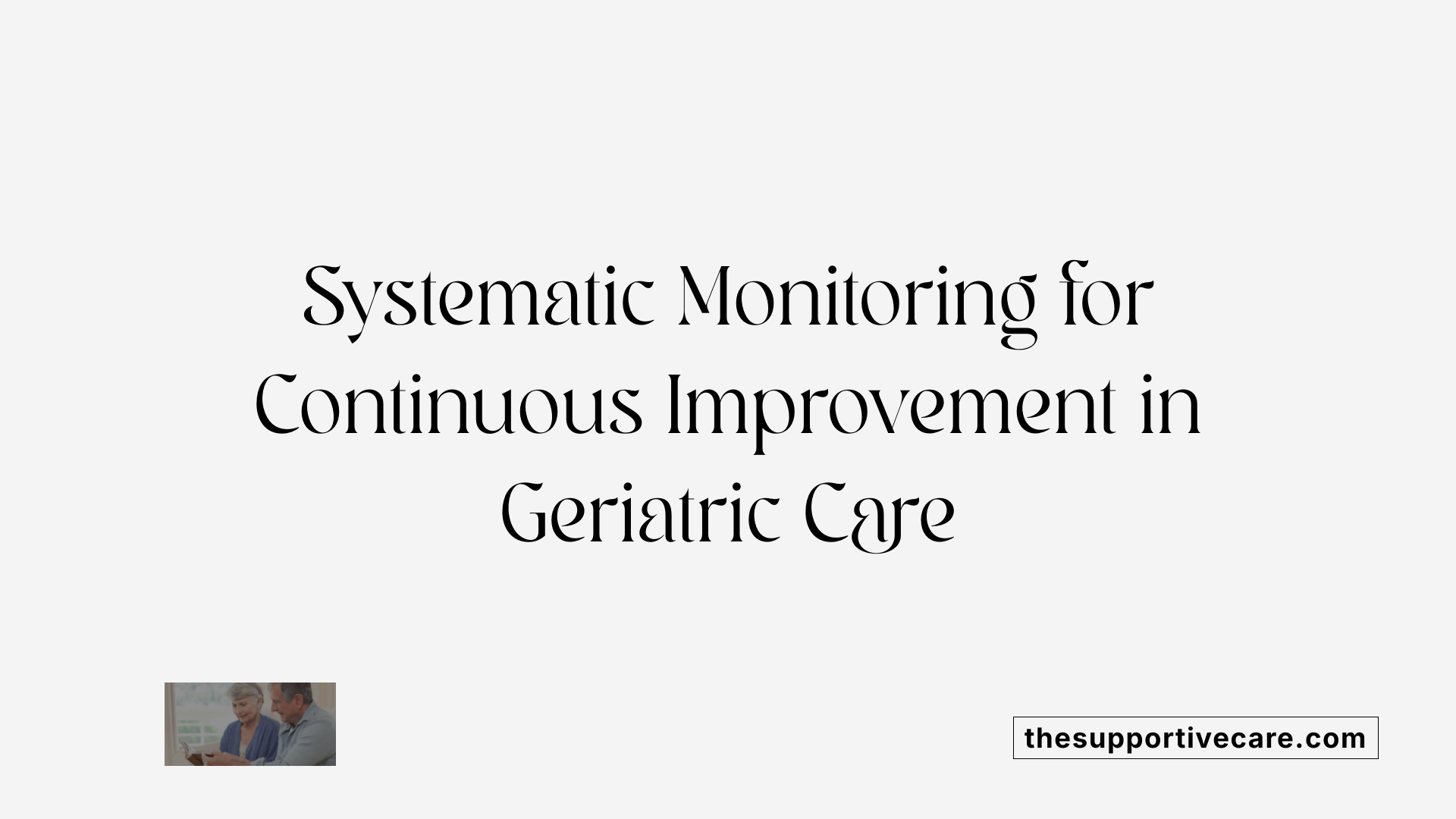 Monitoring treatment success in older adults is crucial to ensure effective, personalized care. One of the best practices involves the use of comprehensive geriatric assessments (CGA). These evaluations encompass validated tools that assess various health domains, including physical function, frailty, cognition, mood, and social support systems. Instruments like the Barthel Index for Activities of Daily Living (ADL), EQ-5D for quality of life, Geriatric Depression Scale (GDS), and frailty scales are widely used to gather consistent and comparable data.
Monitoring treatment success in older adults is crucial to ensure effective, personalized care. One of the best practices involves the use of comprehensive geriatric assessments (CGA). These evaluations encompass validated tools that assess various health domains, including physical function, frailty, cognition, mood, and social support systems. Instruments like the Barthel Index for Activities of Daily Living (ADL), EQ-5D for quality of life, Geriatric Depression Scale (GDS), and frailty scales are widely used to gather consistent and comparable data.
Regular monitoring of clinical outcomes is fundamental. Key indicators include length of hospital stay, readmission rates, mortality, discharge disposition, dependency levels, and mobility status. Collecting this data systematically through standardized measures ensures a clear picture of patient progress and highlights areas needing improvement.
Process improvement methods such as audits, benchmarking against best practices, and quality improvement cycles (like Plan-Do-Study-Act or PDSA) help healthcare providers refine interventions and enhance care quality. These methods allow for continuous assessment and adaptation of care strategies based on collected data.
Aligning care with patient priorities, including emotional well-being, social participation, pain management, and autonomy, promotes person-centered approaches. Regularly assessing caregiver burden also offers insights into the support needed for both patients and their families.
To effectively track outcomes over time, routine longitudinal data collection should be implemented. Ideally, this occurs at least annually, capturing changes in health status, functional abilities, and patient satisfaction. Integrating these practices into clinical workflows ensures ongoing, personalized evaluation, leading to better health outcomes and improved quality of life for older adults.
Evaluating Clinical and Functional Outcomes Effectively
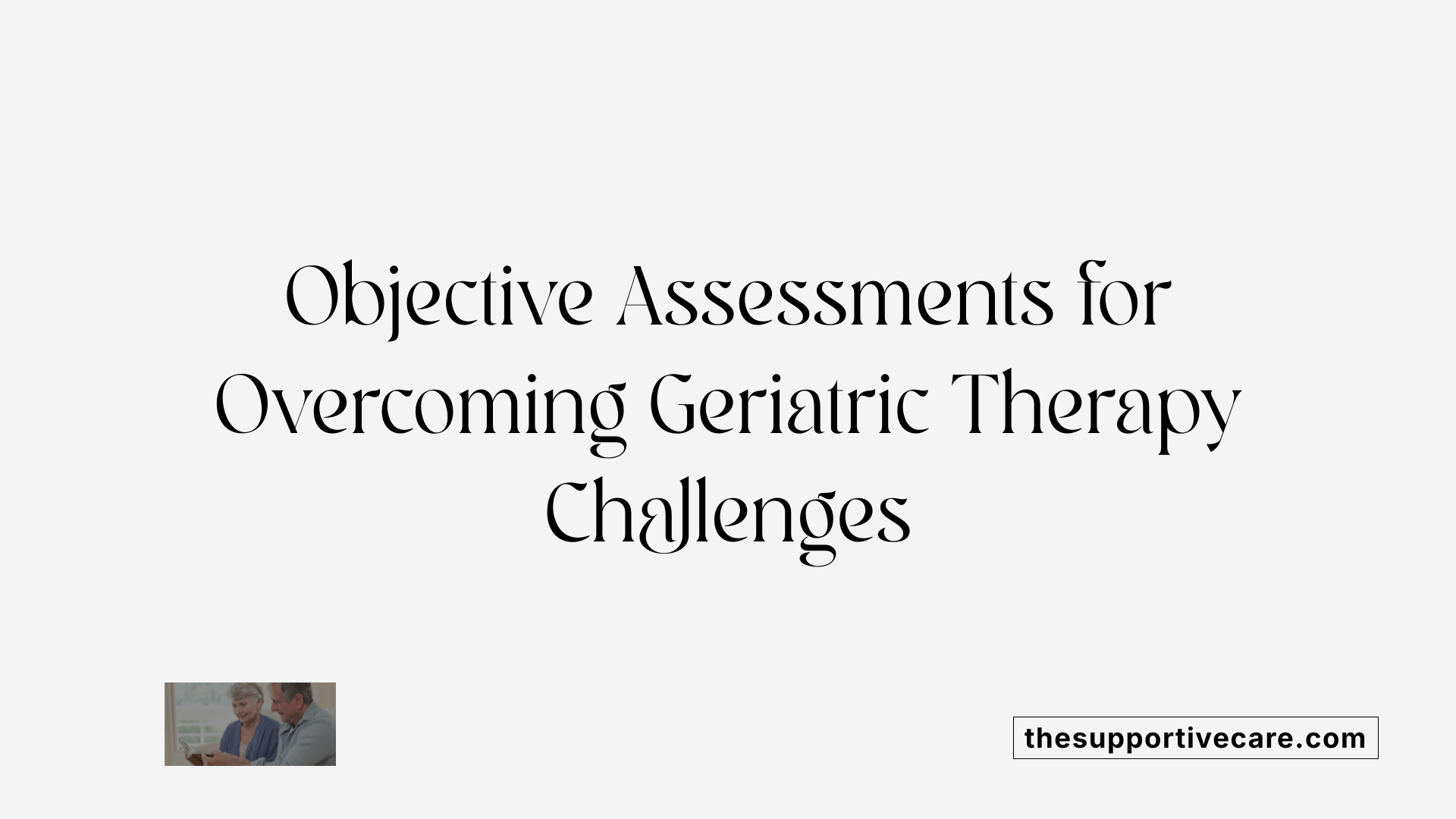 Assessing the effectiveness of geriatric therapy relies on a range of validated tools and comprehensive evaluation methods. Clinicians often use standardized assessments such as performance-based measures, cognitive tests, and mental health scales to obtain objective data across multiple domains.
Assessing the effectiveness of geriatric therapy relies on a range of validated tools and comprehensive evaluation methods. Clinicians often use standardized assessments such as performance-based measures, cognitive tests, and mental health scales to obtain objective data across multiple domains.
Performance-based measures, like mobility tests and the Tinetti Balance and Gait Evaluation, provide insights into physical function and fall risk. Cognitive assessments help monitor mental status and detect early signs of decline. Mental health scales, including the General Health Questionnaire-12 (GHQ-12), evaluate emotional well-being and distress levels.
Monitoring changes over time is crucial to gauge the impact of interventions. Repeated assessments allow for tracking progress and identifying areas requiring adjustment. For example, improvements in mobility scores or reductions in depression symptoms highlight positive responses to care.
It's important that evaluations are aligned with the older adult's personal goals and life priorities. Incorporating patient-centered targets ensures that health plans remain meaningful and relevant, fostering engagement and adherence.
A holistic approach combines standardized assessments with personalized objectives. This strategy not only captures clinical progress but also emphasizes quality of life and functional independence. By integrating these elements, healthcare providers can better tailor interventions and improve overall outcomes for elderly patients.
Monitoring Physiological and Health-Related Changes via Technology
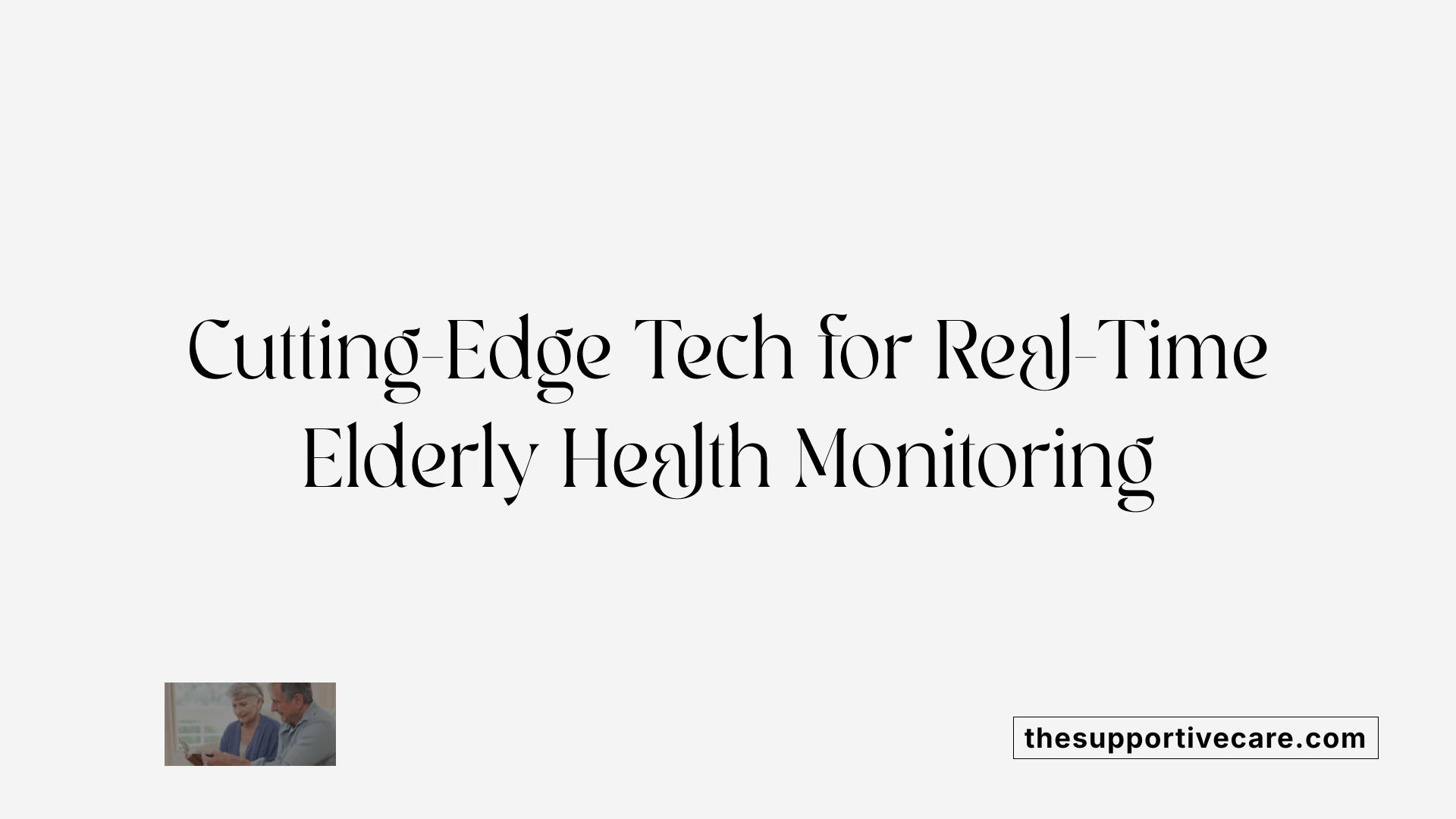
How can physiological and health-related changes in elderly residents be monitored during therapy?
Monitoring the health of older adults throughout therapy is vital for ensuring safety and optimizing outcomes. One of the most effective approaches is the use of remote monitoring devices that continuously track vital signs such as blood pressure, heart rate, respiratory rate, and body temperature. These devices allow healthcare providers to observe real-time changes, identify early signs of deterioration, and tailor interventions accordingly. Since older adults often have baseline variations, personalized monitoring that considers individual norms enhances detection accuracy.
Sensor technologies like inertial measurement units (IMUs) and environmental sensors further expand monitoring capabilities. IMUs can assess mobility, gait stability, and activity levels, providing insights into functional status and fall risk. Environmental sensors can monitor ambient conditions, such as temperature, humidity, and movement in living spaces, helping to identify adverse effects due to environmental factors.
In addition to physical sensors, neurocognitive assessments are essential in residents with or at risk of neurodegenerative diseases. Emerging biomarkers, neuroimaging, and neuropsychological tests aid in tracking cognitive changes and disease progression, supporting timely intervention.
Combining data from various sources requires a multidisciplinary approach. Medical teams, psychologists, and technologists work together to integrate physiological, cognitive, and environmental information. This comprehensive view informs personalized care strategies that adapt to each resident’s evolving needs.
Training healthcare staff is also crucial. Ensuring caregivers can recognize subtle signs of health decline, such as minor behavioral changes or physical discomfort, enhances early detection. Staff should be proficient with assessment tools and understand how to interpret sensor data within the context of each resident’s health.
Validated assessment tools, including standardized scales and checklists, support consistent monitoring. These tools provide measurable benchmarks for health status, helping to assess progress, plan care, and evaluate the effectiveness of interventions.
Incorporating these technological and clinical practices creates a robust framework for ongoing health monitoring, promoting safety, independence, and quality of life for elderly residents during therapy programs.
Application of Remote Patient Monitoring (RPM) Technologies in Elderly Care
Remote patient monitoring (RPM) technologies are transforming elder care by enabling continuous, real-time oversight of health conditions outside traditional healthcare settings. Devices such as wearables, blood pressure cuffs, glucose monitors, and sensors track vital signs—including blood pressure, oxygen saturation, heart rate, and physical activity—providing immediate data to healthcare providers.
This constant data flow allows for early detection of health deterioration, helping prevent emergencies and hospitalizations. For example, changes in vital signs or activity patterns can signal potential issues, prompting timely medical responses.
RPM tools are especially valuable for managing chronic illnesses like hypertension, diabetes, and heart failure. They help in adjusting treatments promptly based on daily health metrics and maintain better control over these long-term conditions.
Beyond monitoring, RPM enhances patient self-management by giving older adults insights into their health trends, encouraging engagement, and fostering a sense of control. This empowerment can improve adherence to treatment plans and promote healthier behaviors.
Communication is further supported through alerts—such as notifications for missed medication or abnormal readings—that connect caregivers and healthcare teams, ensuring swift intervention when necessary.
Nevertheless, challenges remain. Technological literacy and the cost of devices can hinder widespread adoption among older populations. Despite these hurdles, the utilization of RPM is expanding, offering promising avenues for more proactive, personalized, and accessible elder care.
For more information, searching "Implementation of remote patient monitoring in elderly care" provides insights into current practices and future developments in this field.
Research Methodologies for Evaluating Therapy Effectiveness
Evaluating how well therapies work for older adults involves a variety of research approaches. Randomized controlled trials (RCTs) stand out as a gold standard because they compare different treatments under controlled conditions, minimizing bias. Systematic reviews and meta-analyses compile data from multiple RCTs and studies to provide a comprehensive summary of evidence.
To measure improvements accurately, researchers often use validated tools like the WHOQOL-BREF for quality of life or the Geriatric Depression Scale for mental health. These standardized measures enable consistent assessment across different groups and studies.
Long-term effects and real-world outcomes are captured through longitudinal studies and observational data. These methods help understand how therapies like reminiscence therapy or physical interventions influence elderly populations over time.
Given the diversity among older adults, subgroup analyses are essential. These analyze how different factors such as age, health status, or cognitive ability affect treatment responses, ensuring interventions are tailored effectively.
Overall, a combination of rigorous empirical designs—like RCTs—along with expert consensus and comprehensive reviews forms a reliable foundation for assessing therapeutic success in aging groups. This multi-faceted evidence supports best practices and guides future care strategies.
Integration of Technology and Data Analytics in Monitoring
How is data aggregated from wearable sensors and health tools?
Modern monitoring of older adults relies heavily on wearable sensors and health tools that continuously collect vital signs like heart rate, blood pressure, activity levels, and sleep patterns. These devices transmit real-time data to centralized systems, enabling healthcare providers to track changes and detect concerning trends promptly.
How is AI and machine learning used for trend analysis?
AI algorithms and machine learning models analyze the vast amounts of data collected, identifying patterns and predicting potential health deterioration. This helps in recognizing early signs of neuropsychiatric symptom escalation or physical decline, allowing for timely intervention.
How are monitoring algorithms customized for individual needs?
Personalized care algorithms are developed by considering an individual’s health history, baseline function, and specific risk factors. This tailored approach ensures that monitoring is sensitive to subtle changes unique to each elderly resident, improving accuracy and response times.
What are recent advances in predictive analytics for early intervention?
Recent advances use predictive models to forecast events like falls, hospitalization, or mental health crises days or weeks before they occur. These predictive tools can trigger alerts for caregivers, facilitating proactive rather than reactive care.
What are the concerns regarding data security and ethics?
Handling sensitive health data raises concerns over privacy and security breaches. Ensuring compliance with data protection regulations, implementing secure data transmission methods, and maintaining transparency with residents and families are crucial to uphold ethical standards.
| Aspect | Description | Additional Notes |
|---|---|---|
| Data Collection | Wearable sensors and health apps gather continuous data | Important for comprehensive monitoring |
| Data Analysis | Use of AI/ML for pattern detection | Enables early risk identification |
| Personalization | Custom algorithms adapt to individual needs | Enhances relevance and effectiveness |
| Predictive Analytics | Forecast health events | Supports early interventions |
| Ethical Concerns | Privacy and data security | Requires strict safeguards |
The integration of these innovative tools transforms elderly care by providing detailed, real-time insights into health status and enabling more precise, individualized interventions for older adults.
The Future of Elderly Monitoring: Innovations and Trends
Emerging wearable and sensor technologies
New wearable devices and sensors are transforming how healthcare providers track the health of older adults. These gadgets can monitor vital signs, activity levels, and even detect falls in real time. For example, smartwatches and pendants equipped with advanced motion sensors can alert caregivers immediately if a resident experiences a fall or shows signs of distress.
Artificial intelligence in predictive health analytics
Artificial intelligence (AI) is playing an increasingly vital role in analyzing data collected from various monitoring tools. AI algorithms can predict potential health deteriorations by identifying patterns in behavior, vital signs, and other health metrics. This helps in early interventions, especially for conditions like dementia or chronic illnesses, before symptoms worsen.
Enhanced remote monitoring platforms and interfaces
Remote monitoring platforms are now more user-friendly with intuitive interfaces that facilitate continuous tracking outside traditional healthcare settings. These platforms enable healthcare providers and caregivers to access real-time data, make informed decisions, and adjust treatments as needed.
Personalized health dashboards for elderly users
Innovative personalized dashboards are being developed to give older adults a clear overview of their health status. These dashboards display vital information in simple visuals and alerts, encouraging self-management and awareness of health changes, which can enhance engagement and adherence to care plans.
Integration of telehealth, RPM, and AI for seamless care
The integration of telehealth services, remote patient monitoring (RPM), and AI analytics is creating a comprehensive, seamless healthcare experience. This integrated approach allows for continuous assessment, speedy response to health issues, and tailored treatment updates—ultimately improving quality of life and reducing hospitalizations for elderly populations.
Conclusion: Emphasizing a Holistic and Integrative Approach
To ensure the well-being of older adults, a comprehensive approach that combines various assessment tools and methodologies is vital. Instruments like the Neuropsychiatric Inventory (NPI), the General Health Questionnaire-12 (GHQ-12), and physical assessments such as the Tinetti Balance and Gait Evaluation enable clinicians to monitor neuropsychiatric symptoms, physical health, and functional status effectively. These tools facilitate early detection of changes and guide treatment adjustments.
Person-centered care (PCC) emphasizes respecting individual preferences, involving patients in decision-making, and fostering trust and communication. Integrating PCC with technological solutions like remote patient monitoring (RPM) and innovative devices such as PRESAGE CARE enhances continuous oversight and early intervention, even outside the clinical setting.
Regular, ongoing evaluations are essential, not only to measure therapy effectiveness but also to adapt strategies promptly. This continuous assessment helps in managing symptoms like agitation, depression, and fall risk, ultimately improving life quality and functional independence.
Future advancements are likely to focus on integrating smart device technology, personalized care protocols, and multidisciplinary collaboration. These innovations aim to deliver more responsive, individualized, and effective care, fostering better health outcomes for the aging population.
| Assessment Method | Purpose | Associated Tools | Additional Notes |
|---|---|---|---|
| Neuropsychiatric Screening | Detect early neuropsychiatric symptoms | NPI, GHQ-12 | Helps predict disease progression |
| Physical Function Evaluation | Assess mobility and fall risk | Tinetti Scale, Gait Analysis | Guides mobility and safety interventions |
| Cognitive & Mental Health | Monitor mental state and distress | Geriatric assessment, storytelling | Supports holistic well-being |
| Caregiver Reports | Obtain real-world behavioral insights | Observation checklists | Essential for continuous monitoring |
| Remote Monitoring | Track health metrics in real-time | PRESAGE CARE, RPM systems | Enhances independence and early detection |
By synthesizing these assessment strategies and embracing technological innovations, healthcare providers can deliver more effective, personalized, and proactive care for the older adult population.
Advancing Elderly Care Through Innovative Monitoring Strategies
As geriatric care evolves, integrating validated assessment instruments, person-centered approaches, and cutting-edge technology like remote monitoring and data analytics becomes essential. Emphasizing continuous, holistic evaluation ensures optimal treatment outcomes, improved quality of life, and the delivery of compassionate, individualized care for elderly residents. Future innovations promise even greater precision, engagement, and efficiency in monitoring progress, ultimately transforming elderly therapy into a proactive and precision-driven paradigm.
References
- Mental health care for older adults: recent advances and new ...
- The impact of group reminiscence therapy on well-being of elderly ...
- Physical Therapist Assistants & Aging Population - Provo College
- The Extensive Approach to Remote Patient Monitoring for Elderly ...
- A systematic review on implementation of person-centered care ...
- Study Details | The Effect of Reminiscence Therapy in Elderly
- The Geriatric Assessment | AAFP
- [PDF] Evaluation Guide for Older Adult Clinical Fall Prevention Programs
- Medical Monitoring of Older Adults Patients After Discharged From ...
- Effectiveness of Life Review Therapy on Quality of Life in the Late ...

